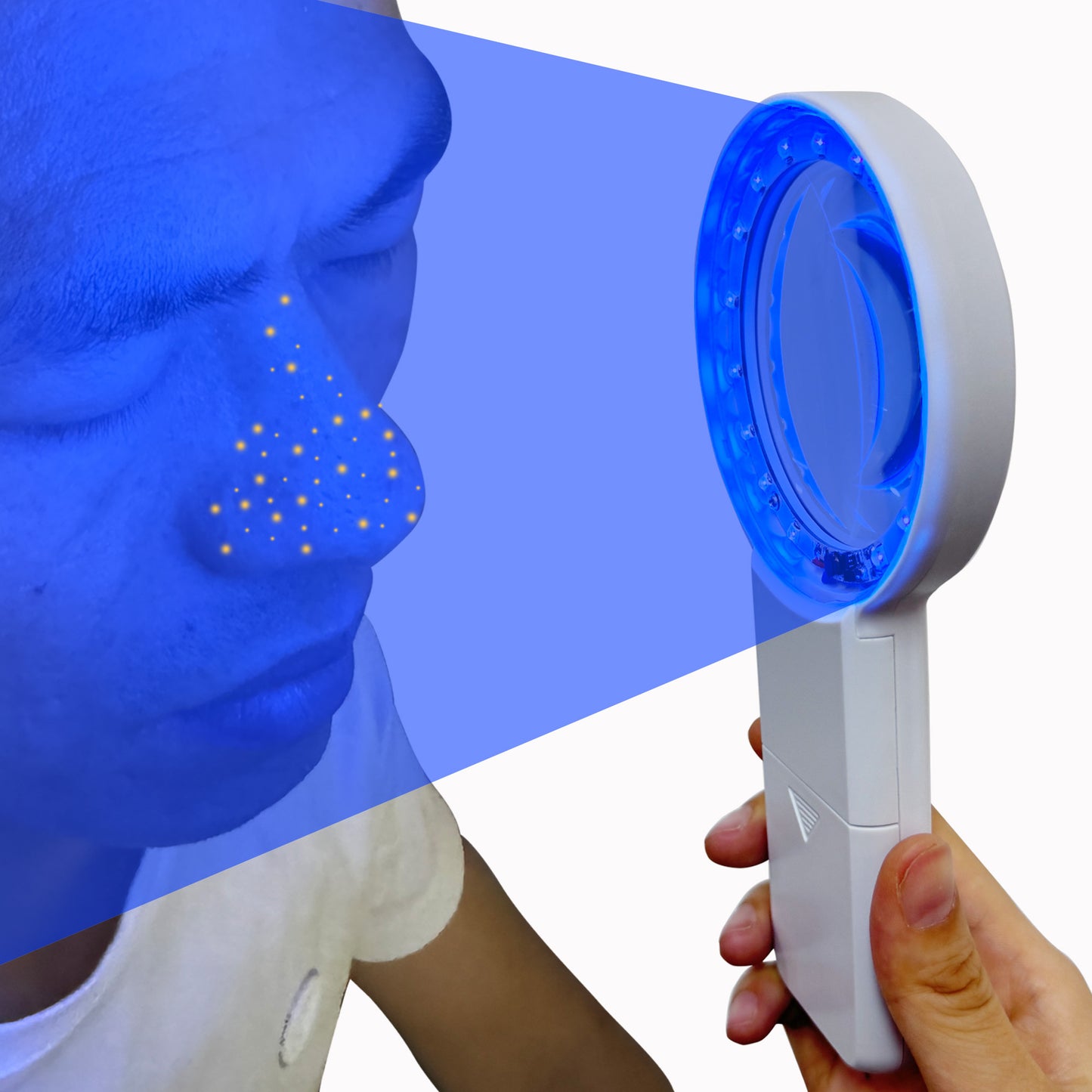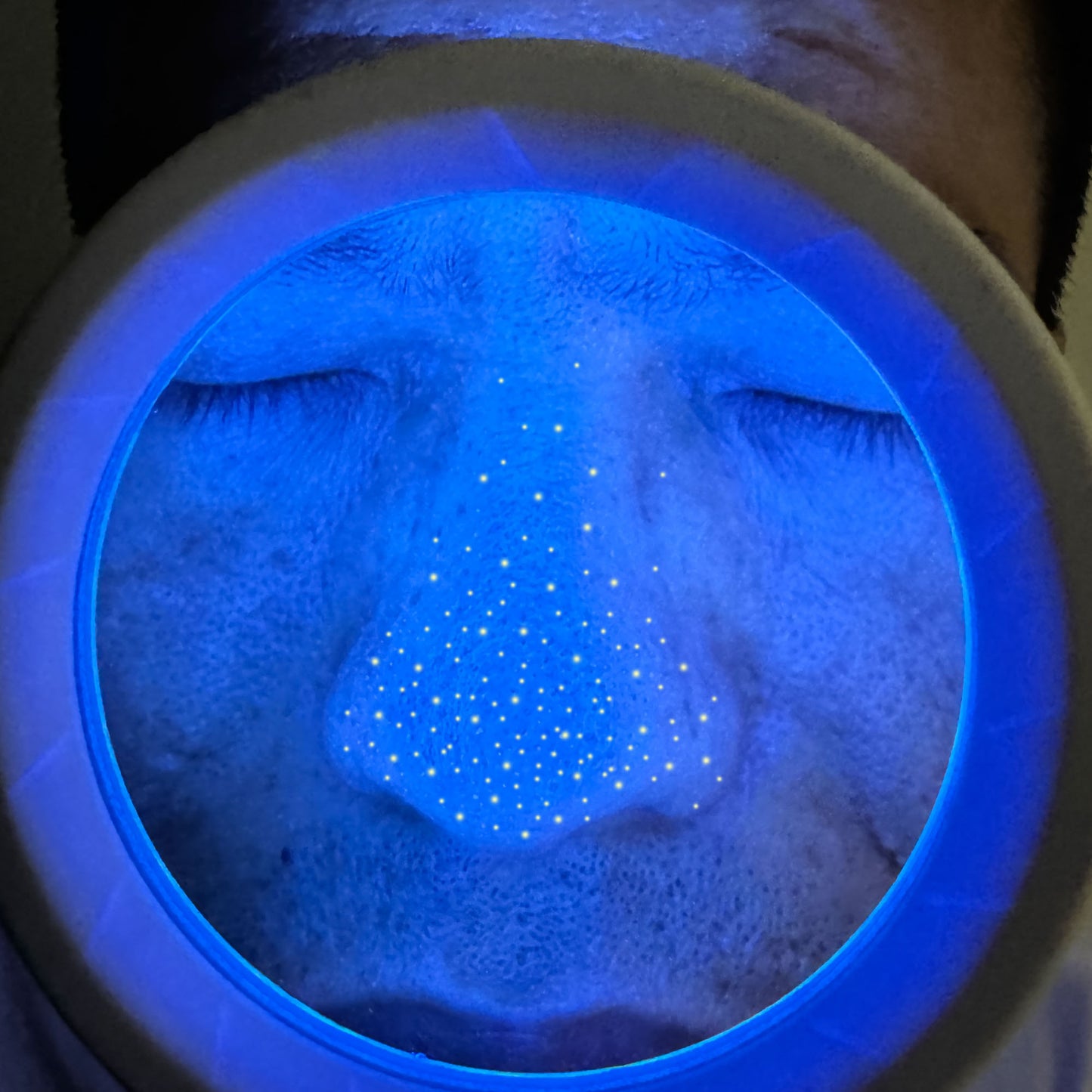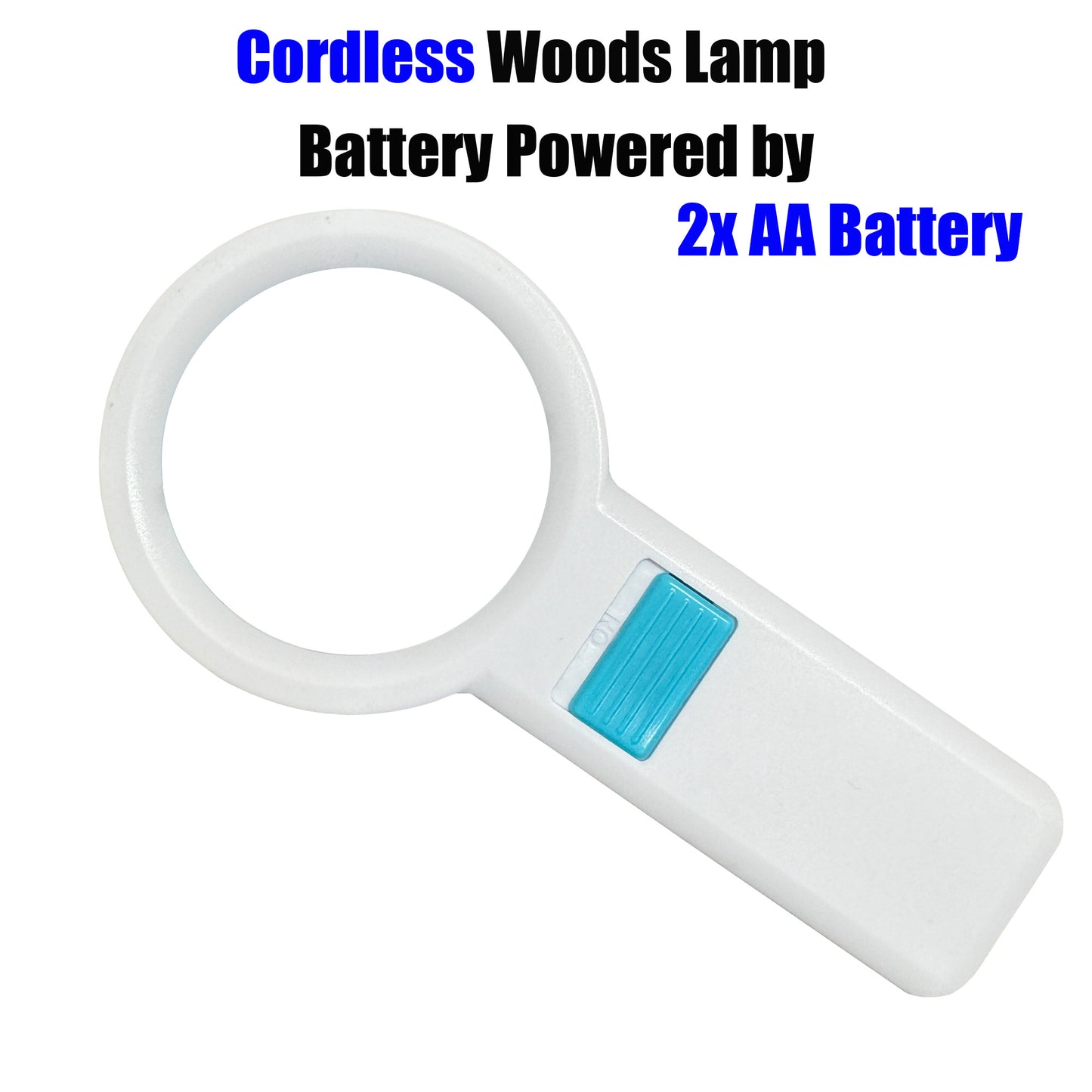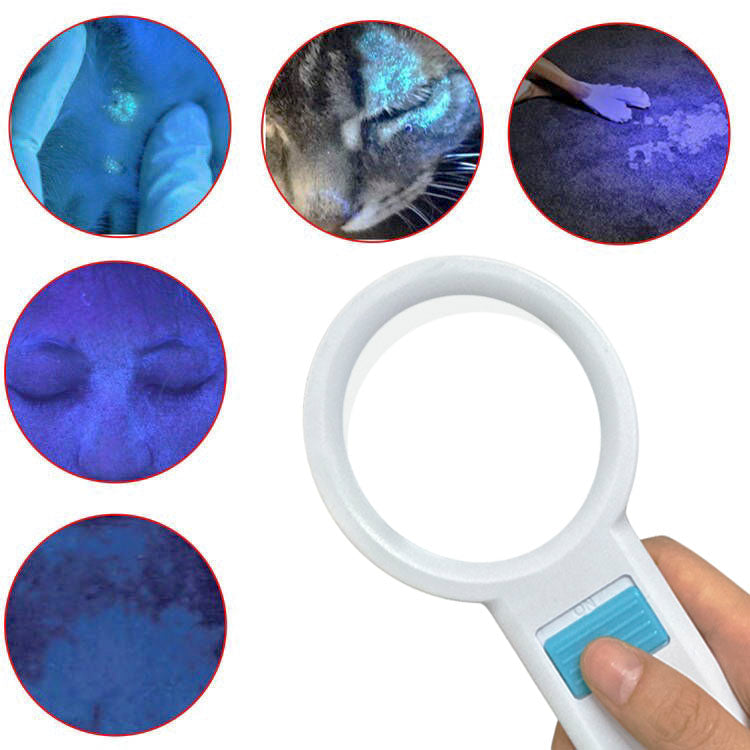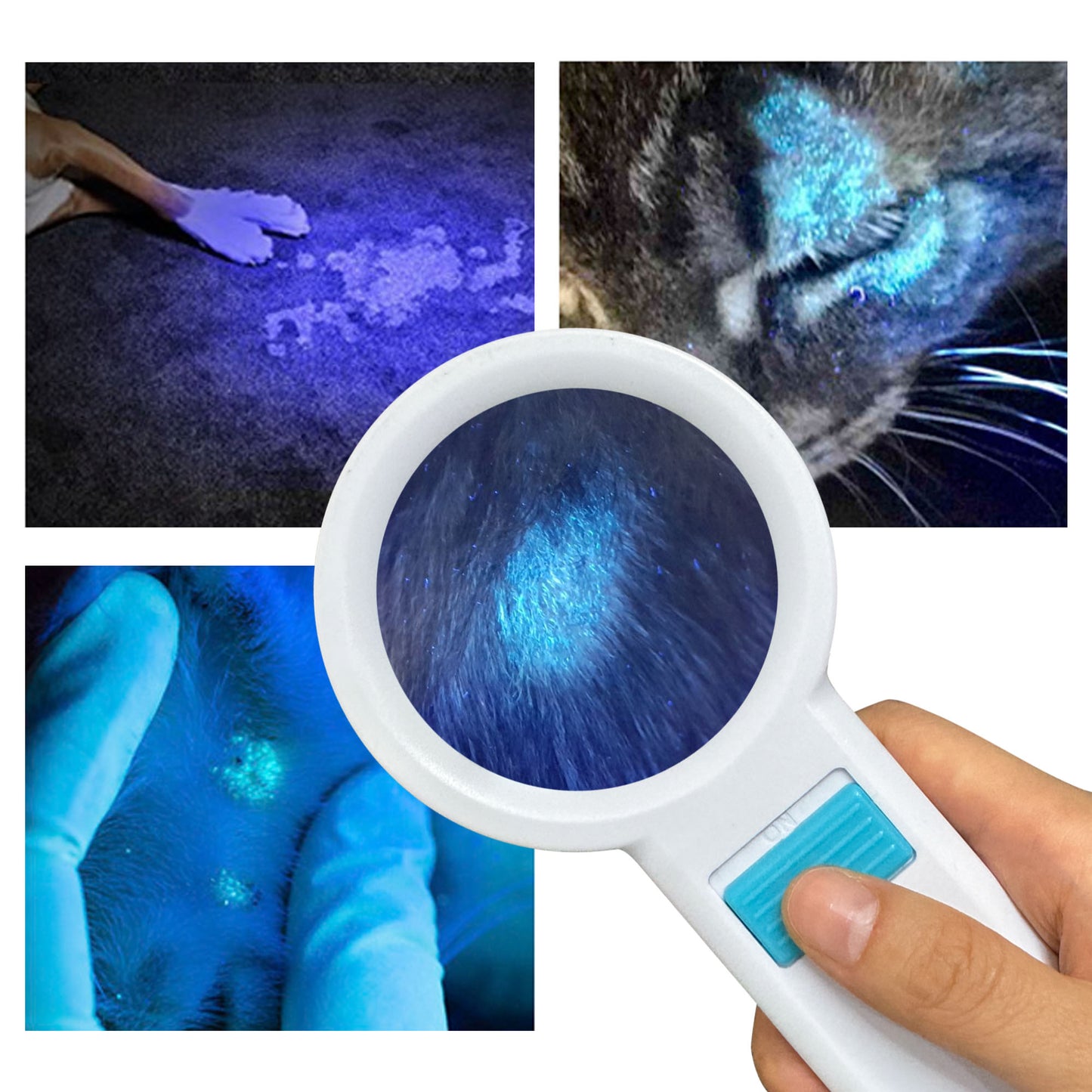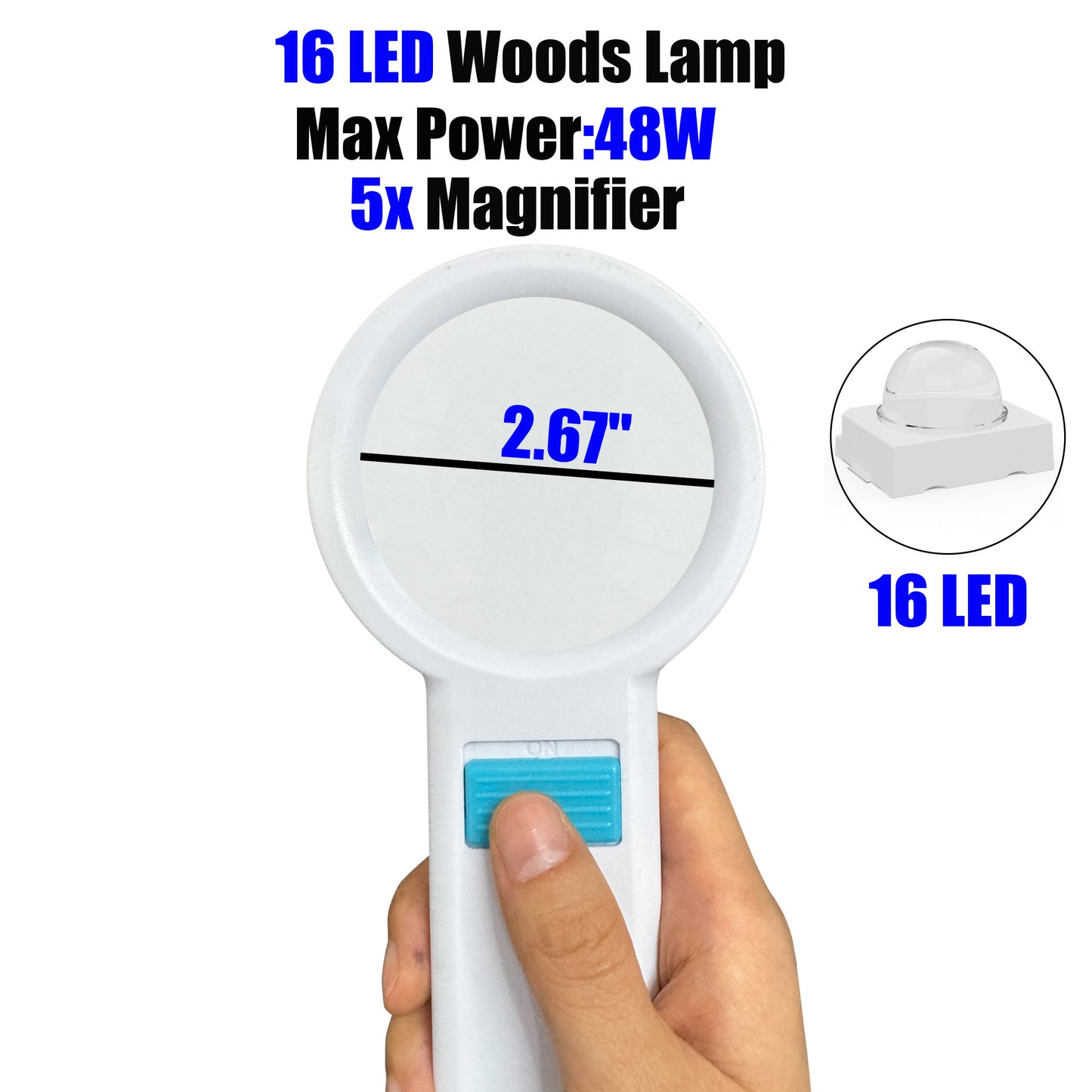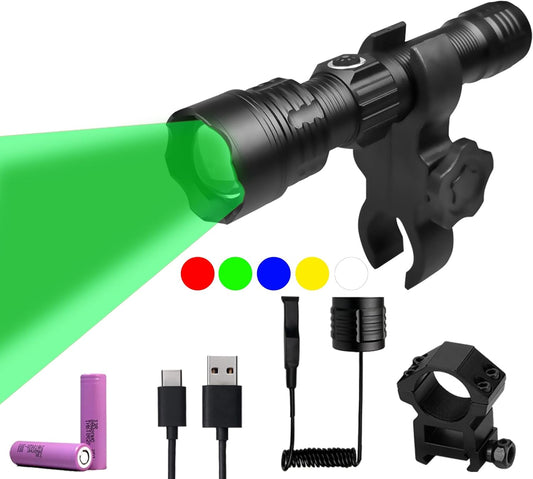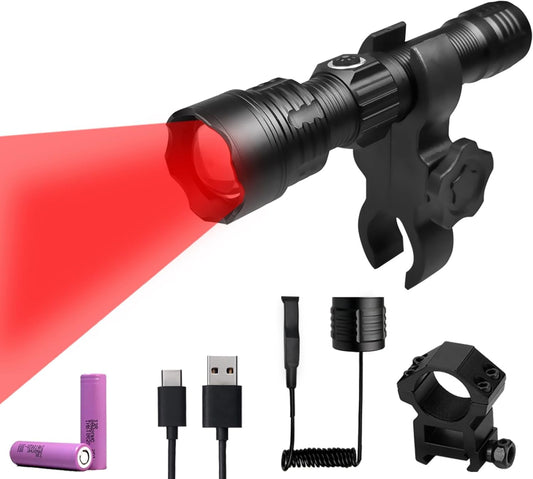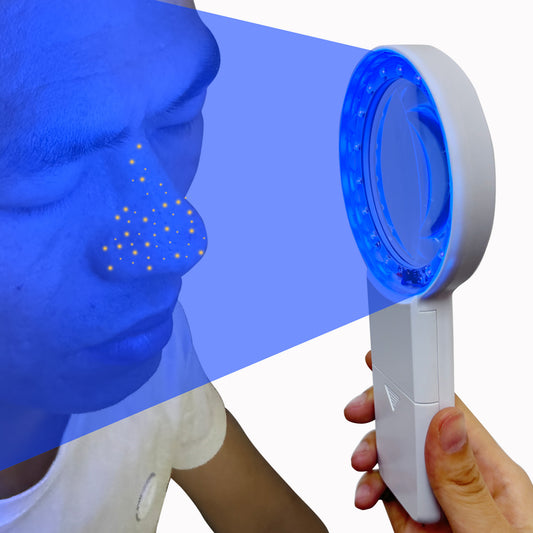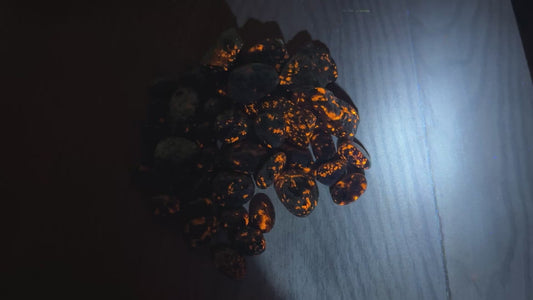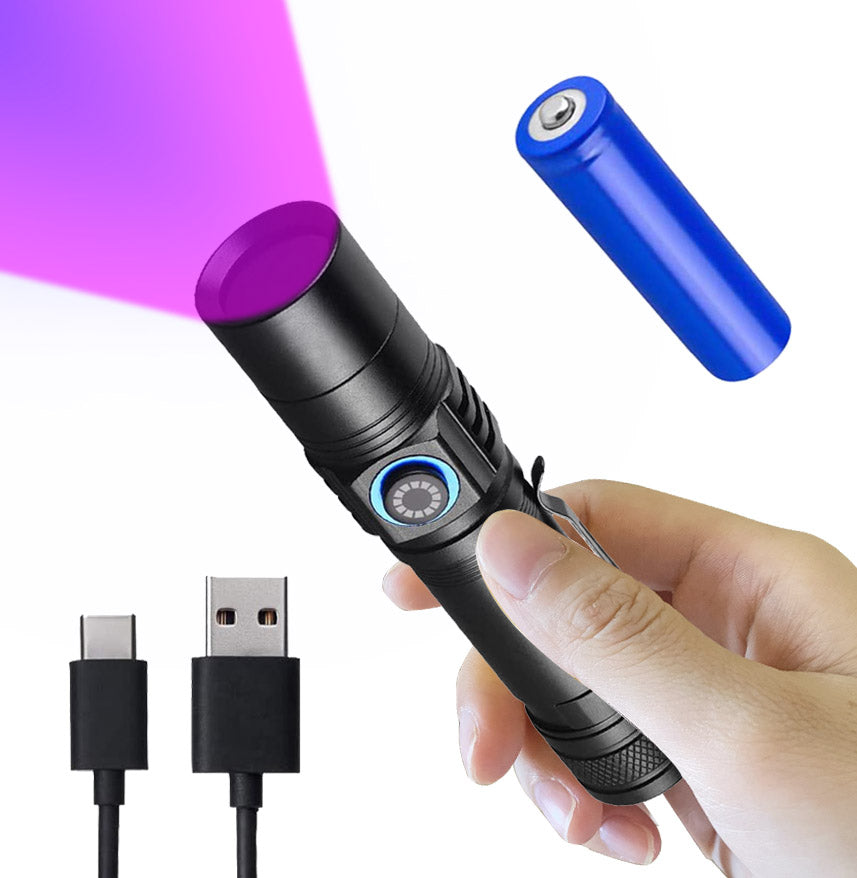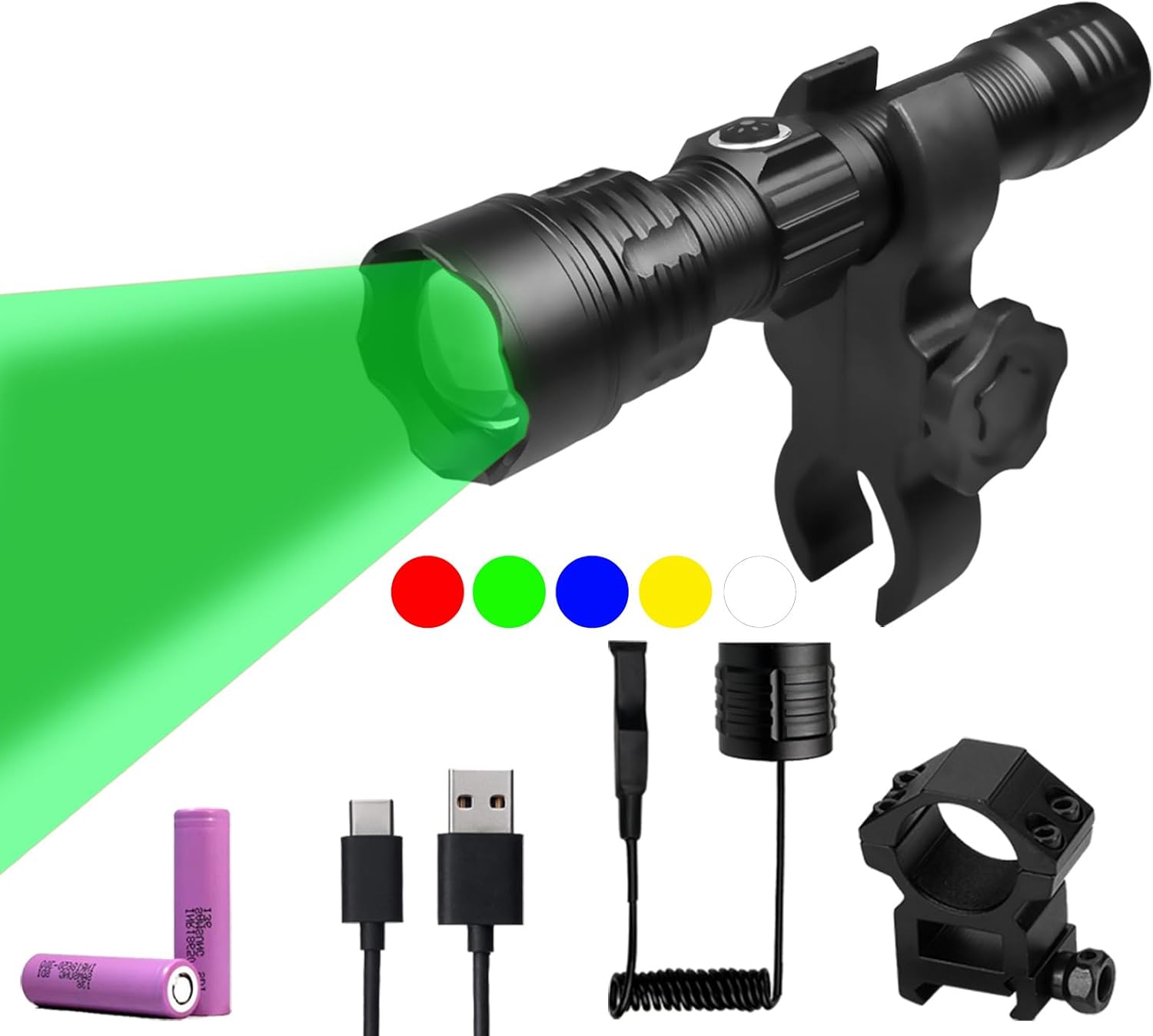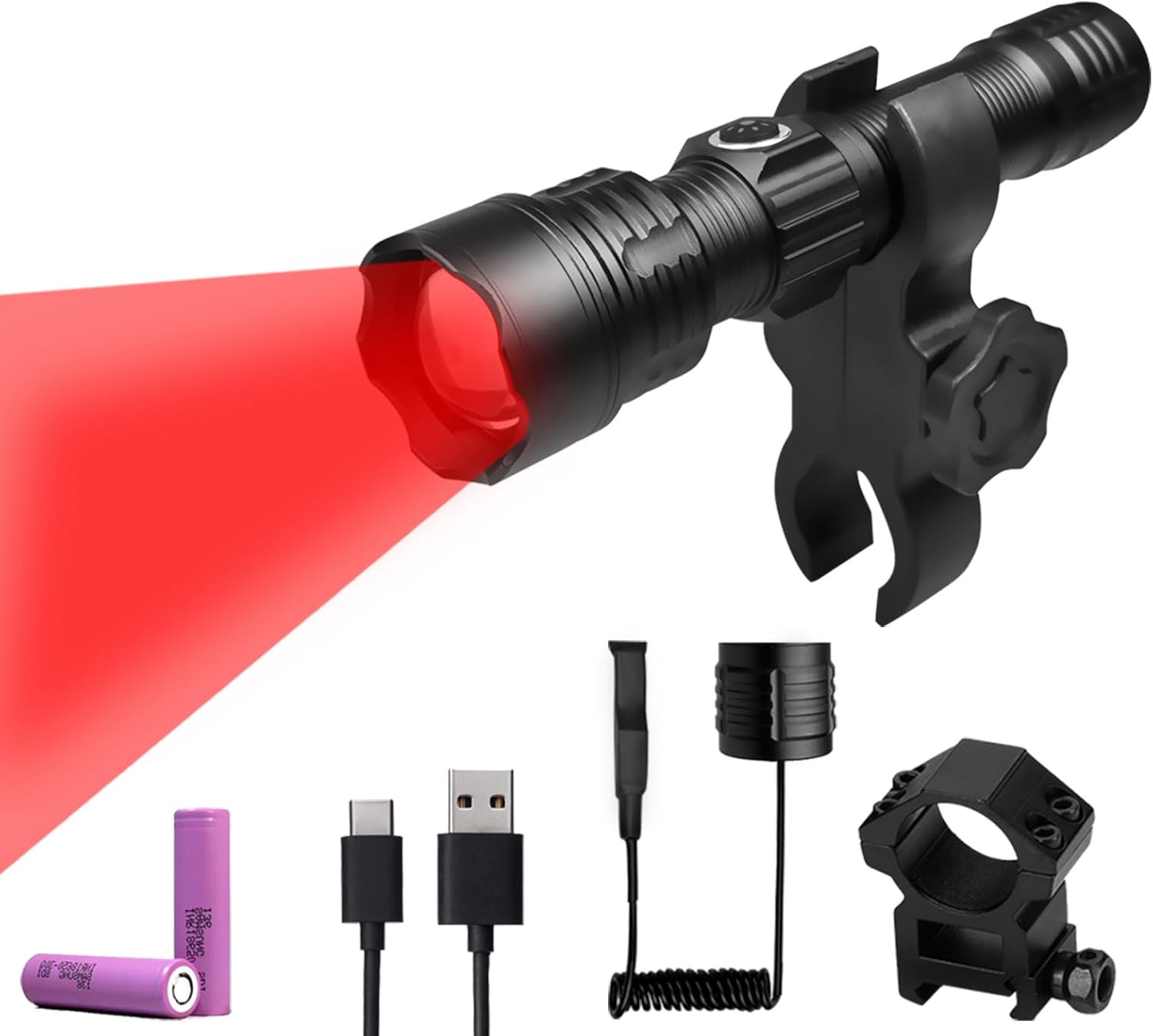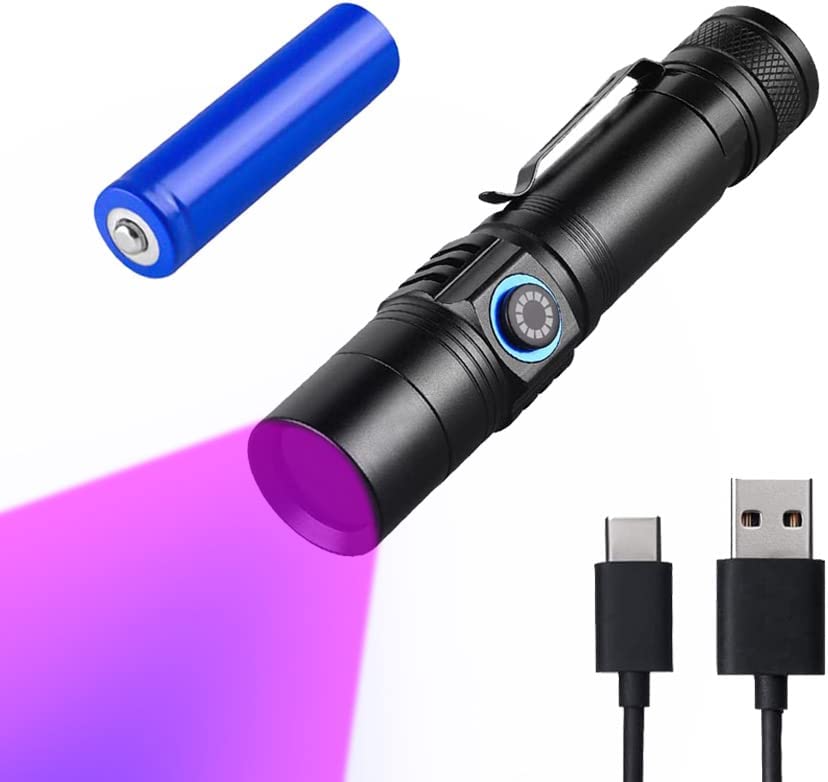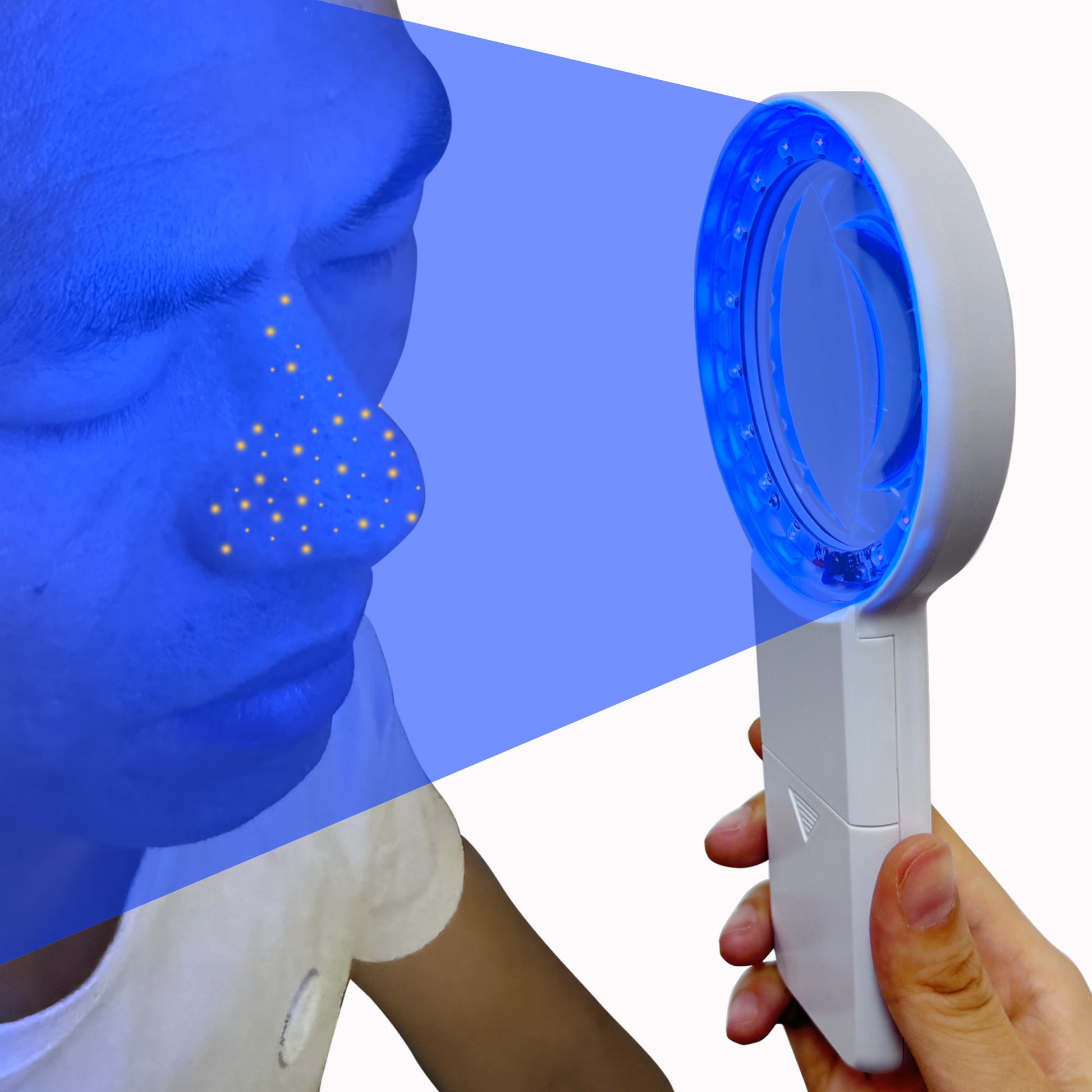Are blood tracking lights effective in snowy conditions?
Video
Featured collection
-
Uv Blood Tracking Flashlight for Hunting Deer Finder Blood Trailing Light Rechargeable Blood Tracker Light
Regular price From $29.99Regular priceUnit price / per$79.99Sale price From $29.99Sale -
Rechargeable Blood Tracking Light for Night Hunting 2000 Lumens Blood Trail Tracking Flashlight Gifts for Hunter (Blood Finder Light)
Regular price $39.99Regular priceUnit price / per$69.99Sale price $39.99Sale -
Green Light for Hunting Hog Green Flashlight,Red,Blue,White 4 in 1 Light for Coyote,Hog,Coon,Predator,Varmint,Sniper,Scope,Hunting Lights (Hog Green Light)
Regular price $79.99Regular priceUnit price / per$199.99Sale price $79.99Sale -
Coyote Hunting Light,Red Light for Hunting,Red,Green,Blue,White 4 in 1 Light for Coyote,Hog,Coon,Predator,Sniper,Scope,Hunting Lights
Regular price $79.99Regular priceUnit price / per$199.99Sale price $79.99Sale -
Cordless Wood's Lamp Ringworm Detection Light-Skin Testing-Esthetician-Veterinaria-5x Magnifying Wood Lamp Black Light-16 LED-Battery Powered Polarized Skin Dermatology Dermascope Light
Regular price $49.99Regular priceUnit price / per$99.99Sale price $49.99Sale -
Best Rechargeable Blood Tracking Flashlight for Hunting Deer Blood Trail Finder At Night Perfect for Wounded Game Tracking-Hunters Gifts
Regular price $39.99Regular priceUnit price / per$69.99Sale price $39.99Sale -
365nm UV Flashlight for Rock Hunting & Mineral Detection - Professional Gemstone Detector Tool with High Power Short/Long Wave, Portable UV Light for Crystals, Agates, Uranium Glass, Jade Appraisal
Regular price From $29.99Regular priceUnit price / per$79.99Sale price From $29.99Sale
1
/
of
12
I0D0
Rechargeable Blood Tracking Light for Night Hunting 2000 Lumens Blood Trail Tracking Flashlight Gifts for Hunter (Blood Finder Light)
Regular price
$39.99
Regular price
$69.99
Sale price
$39.99
Unit price
/
per
Shipping calculated at checkout.
Share
1
/
of
10
I0D0
Uv Blood Tracking Flashlight for Hunting Deer Finder Blood Trailing Light Rechargeable Blood Tracker Light
Regular price
$29.99
Regular price
$79.99
Sale price
$29.99
Unit price
/
per
Shipping calculated at checkout.
Share
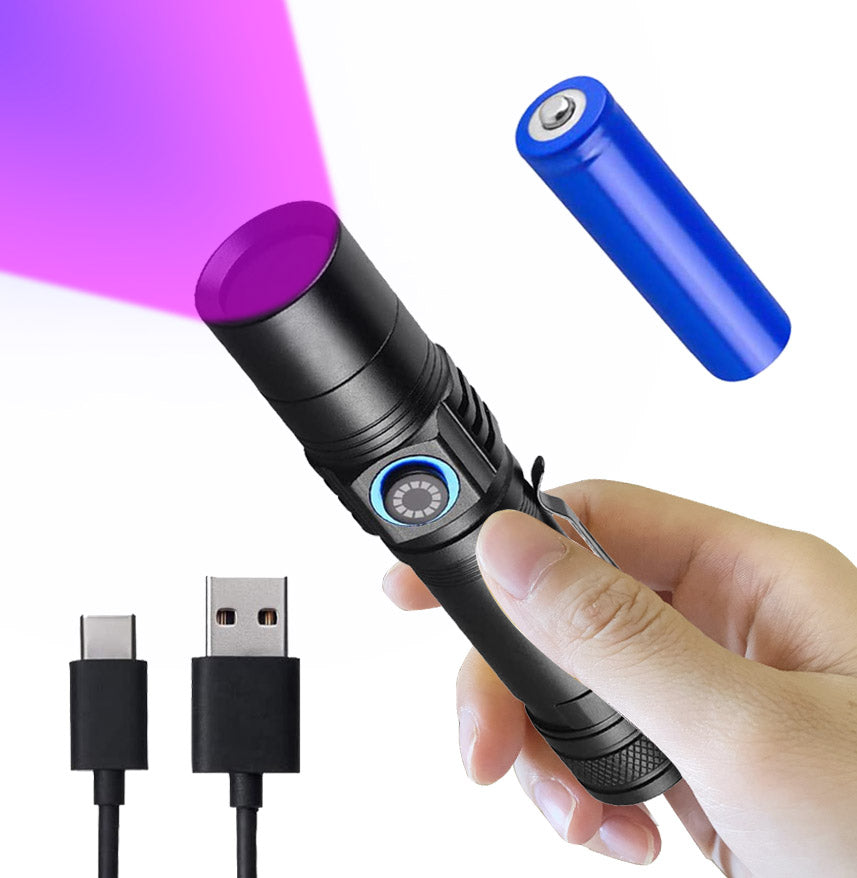
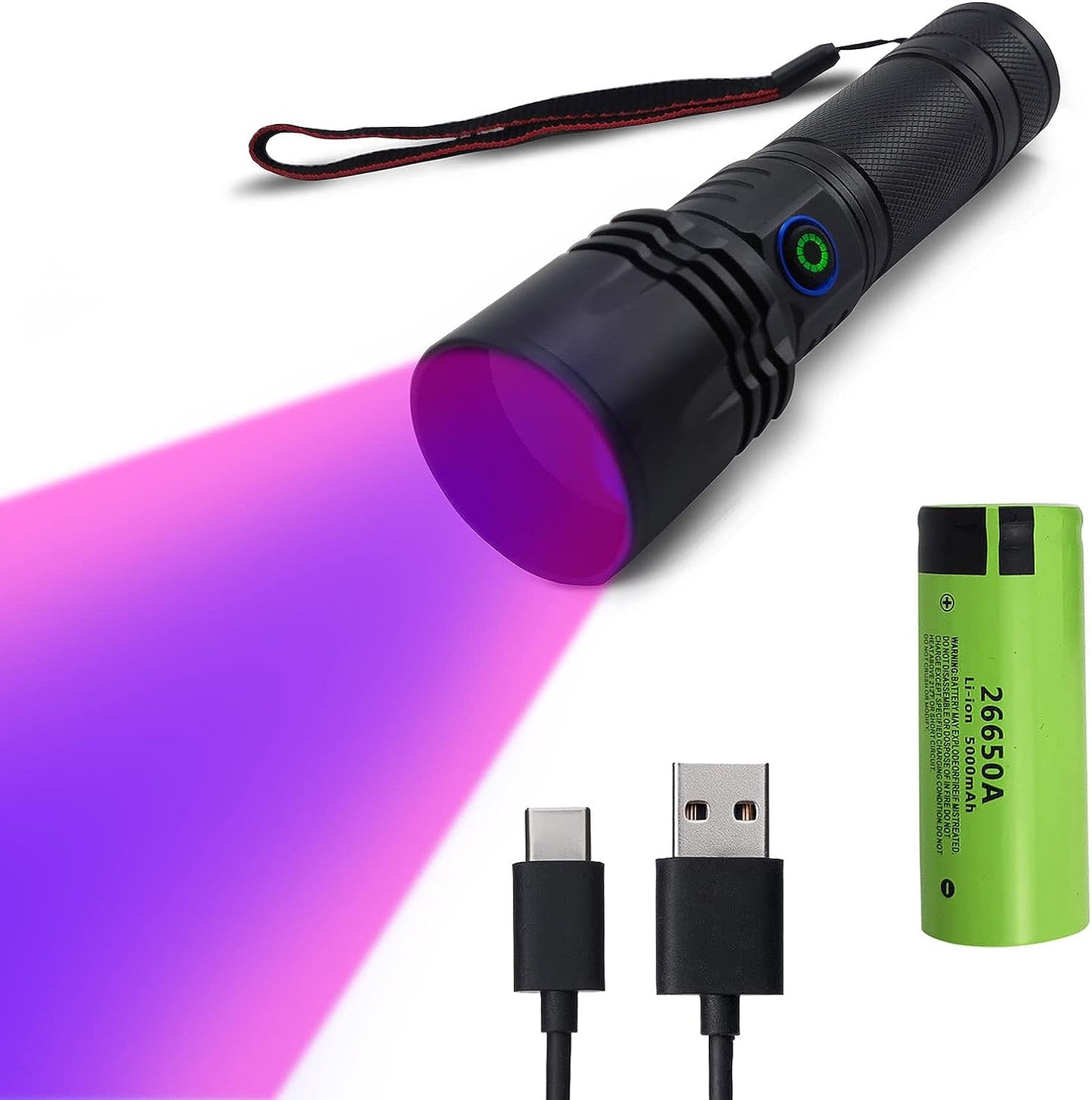
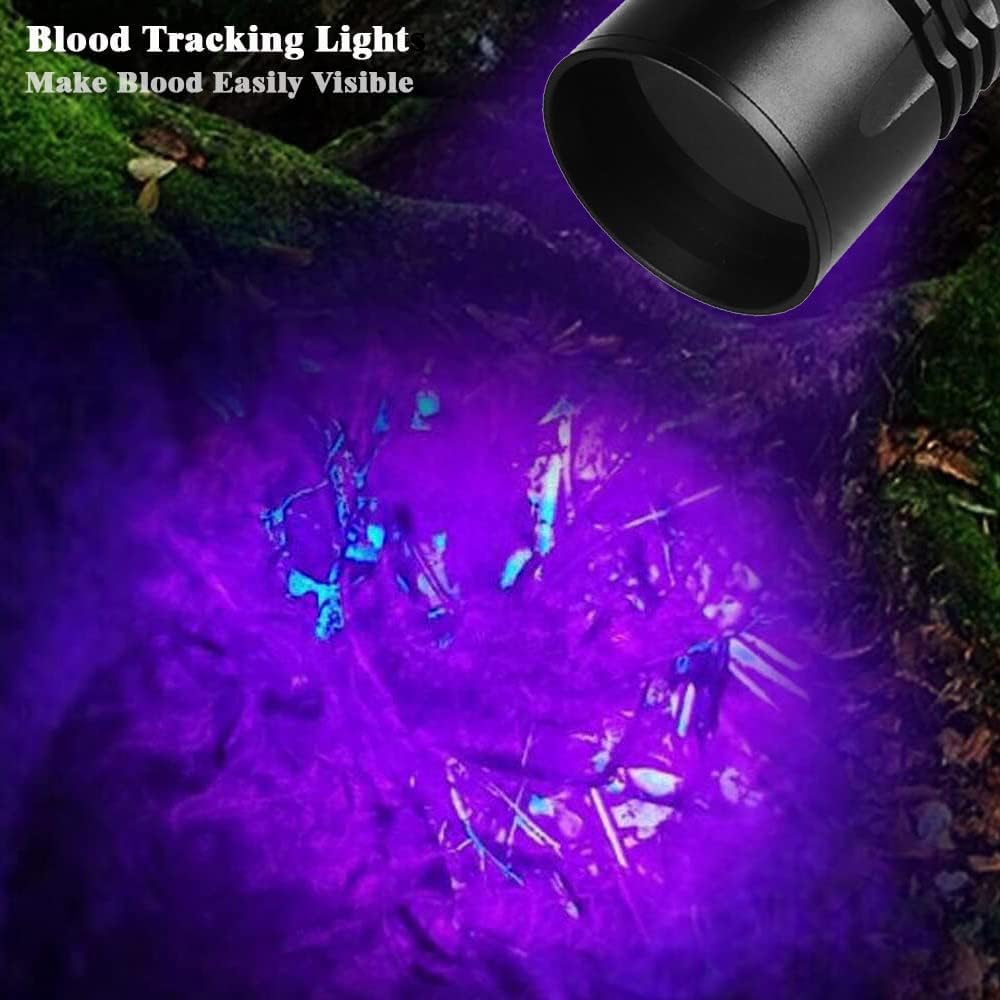
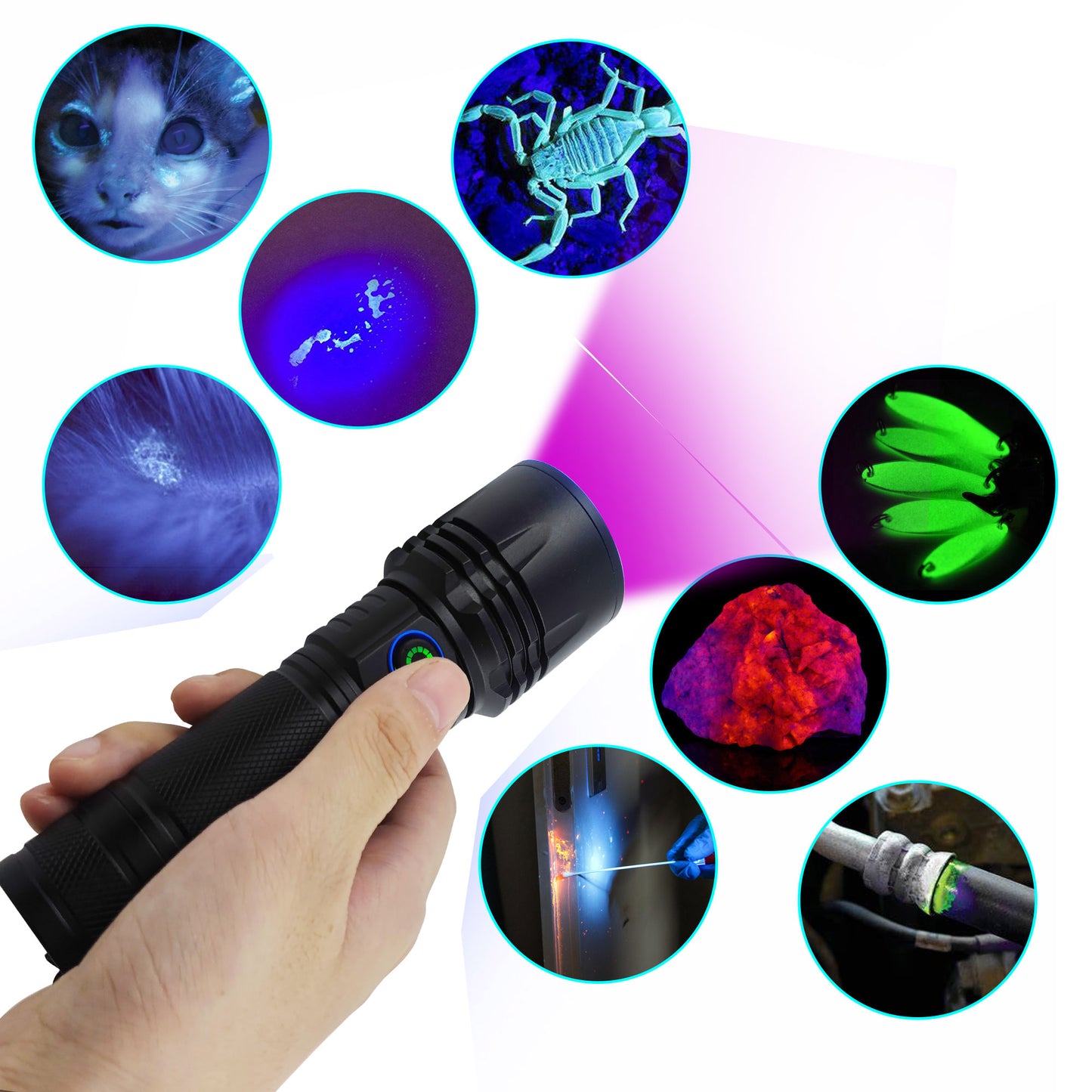
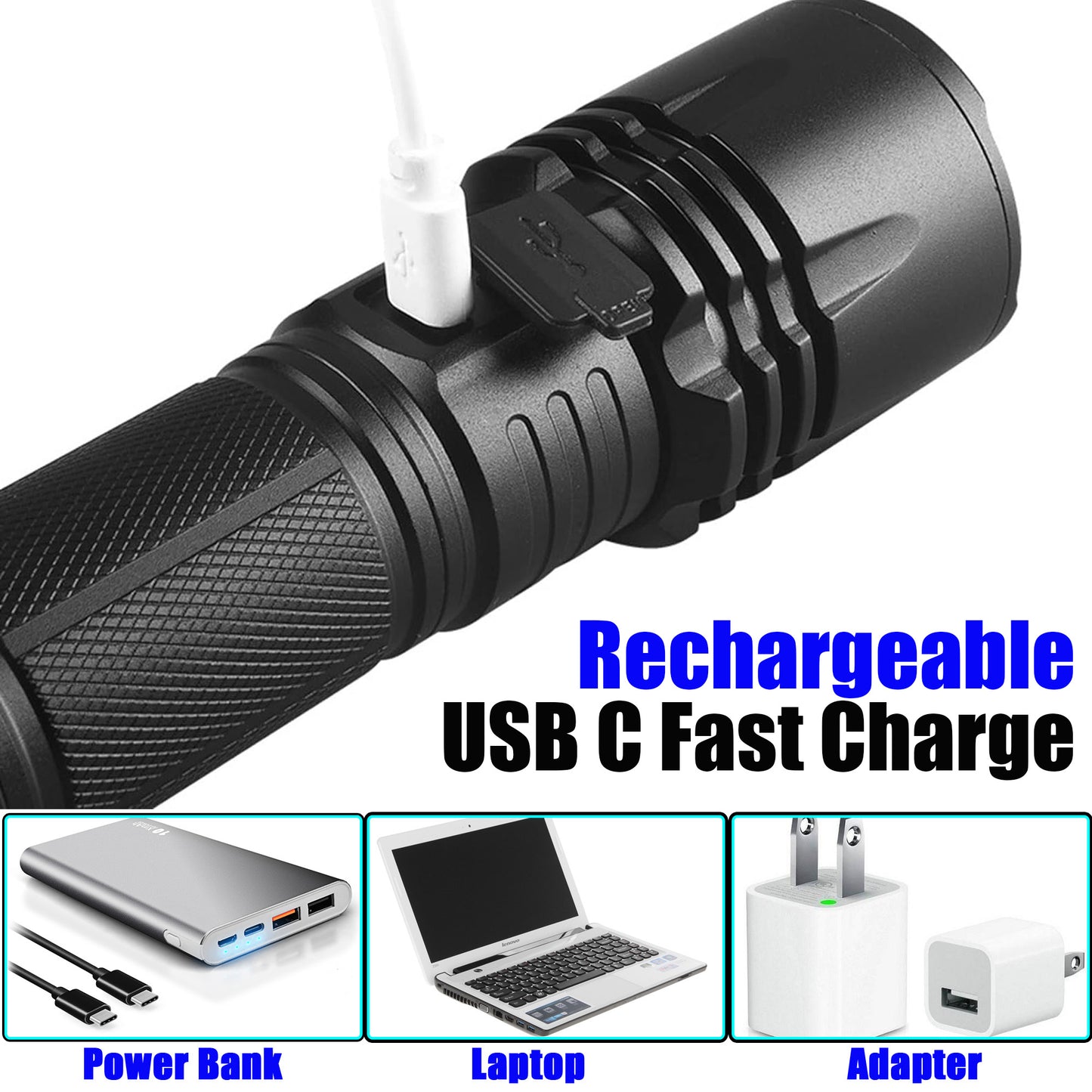
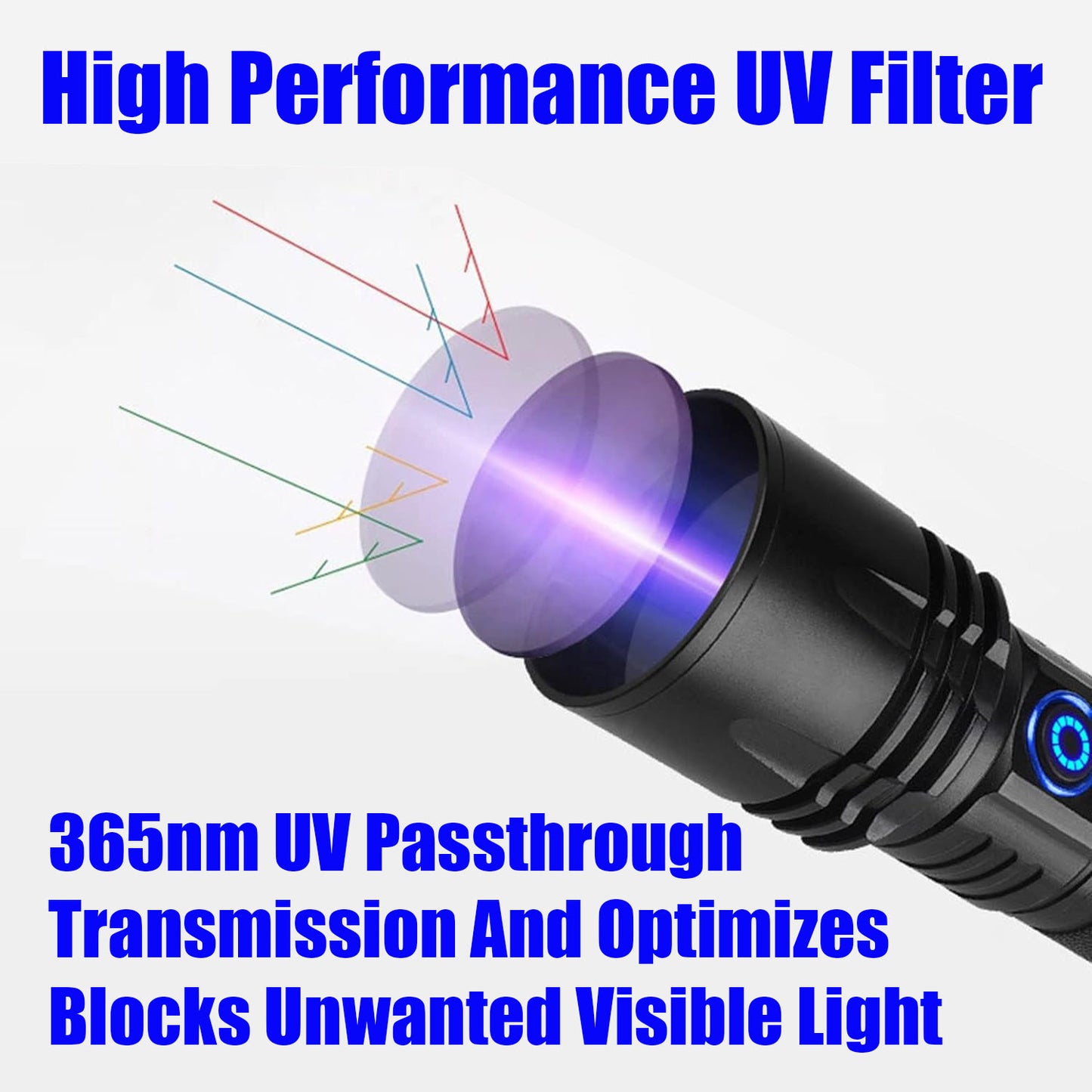
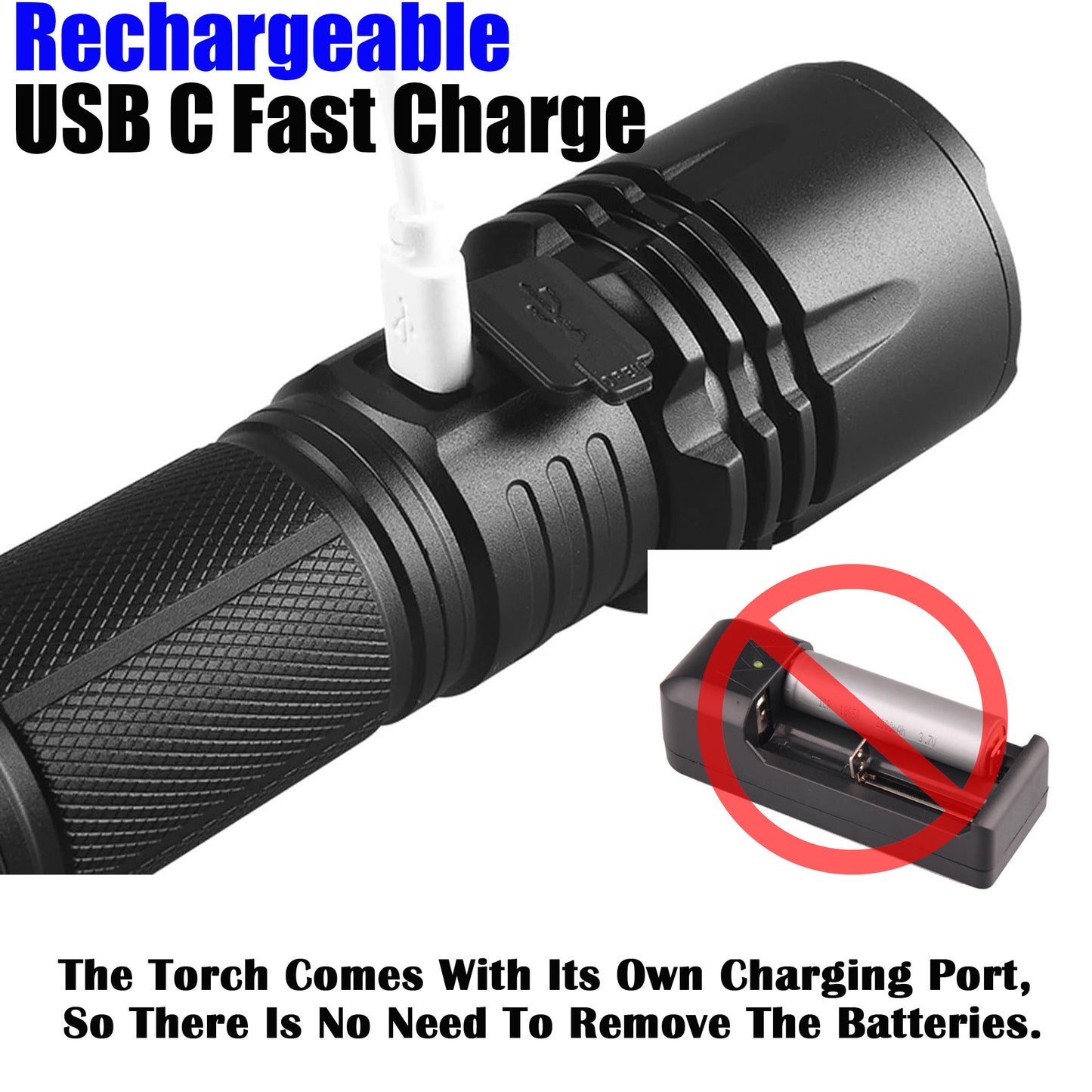
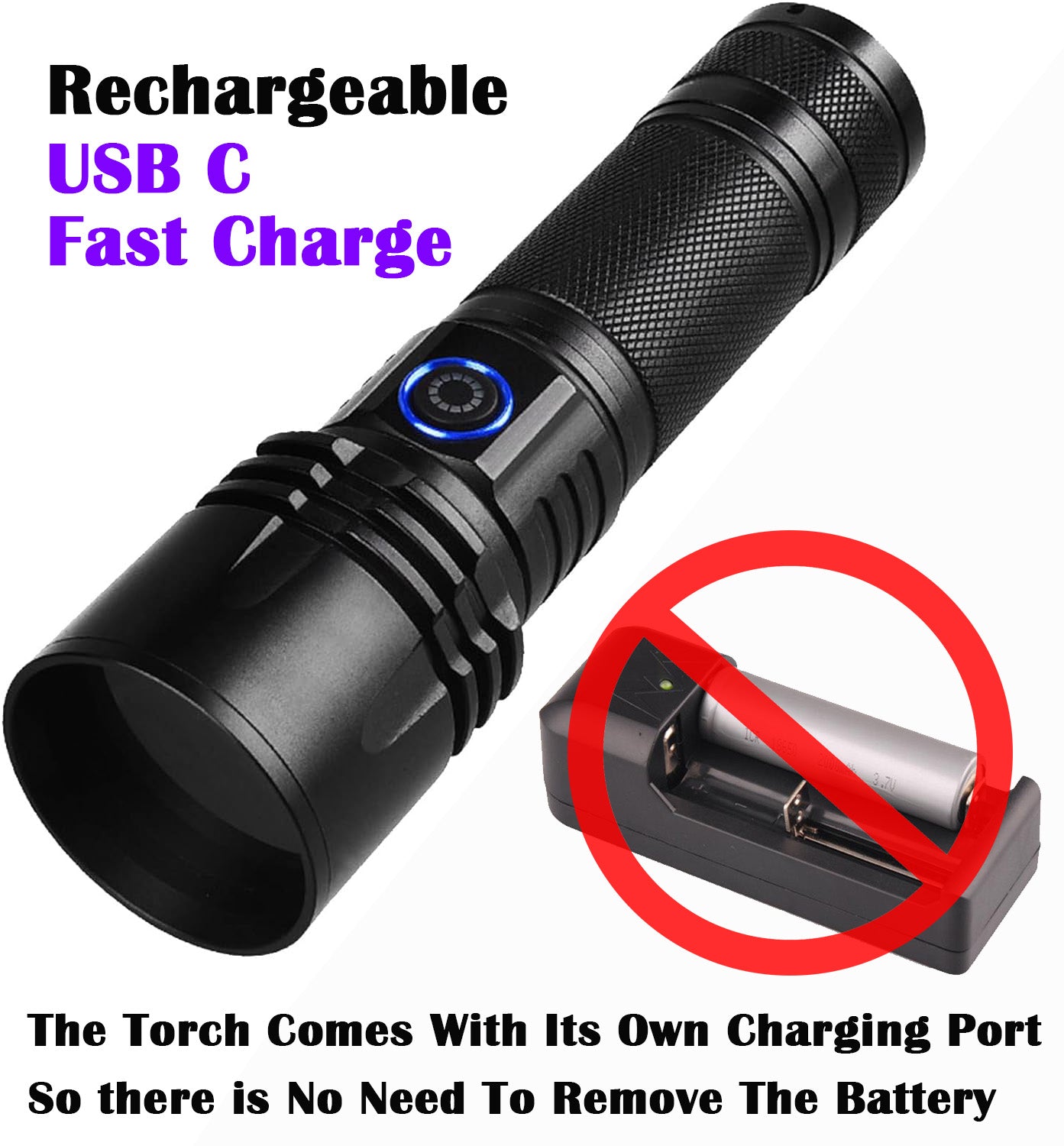
1
/
of
7
I0D0
Green Light for Hunting Hog Green Flashlight,Red,Blue,White 4 in 1 Light for Coyote,Hog,Coon,Predator,Varmint,Sniper,Scope,Hunting Lights (Hog Green Light)
Regular price
$79.99
Regular price
$199.99
Sale price
$79.99
Unit price
/
per
Shipping calculated at checkout.
Share
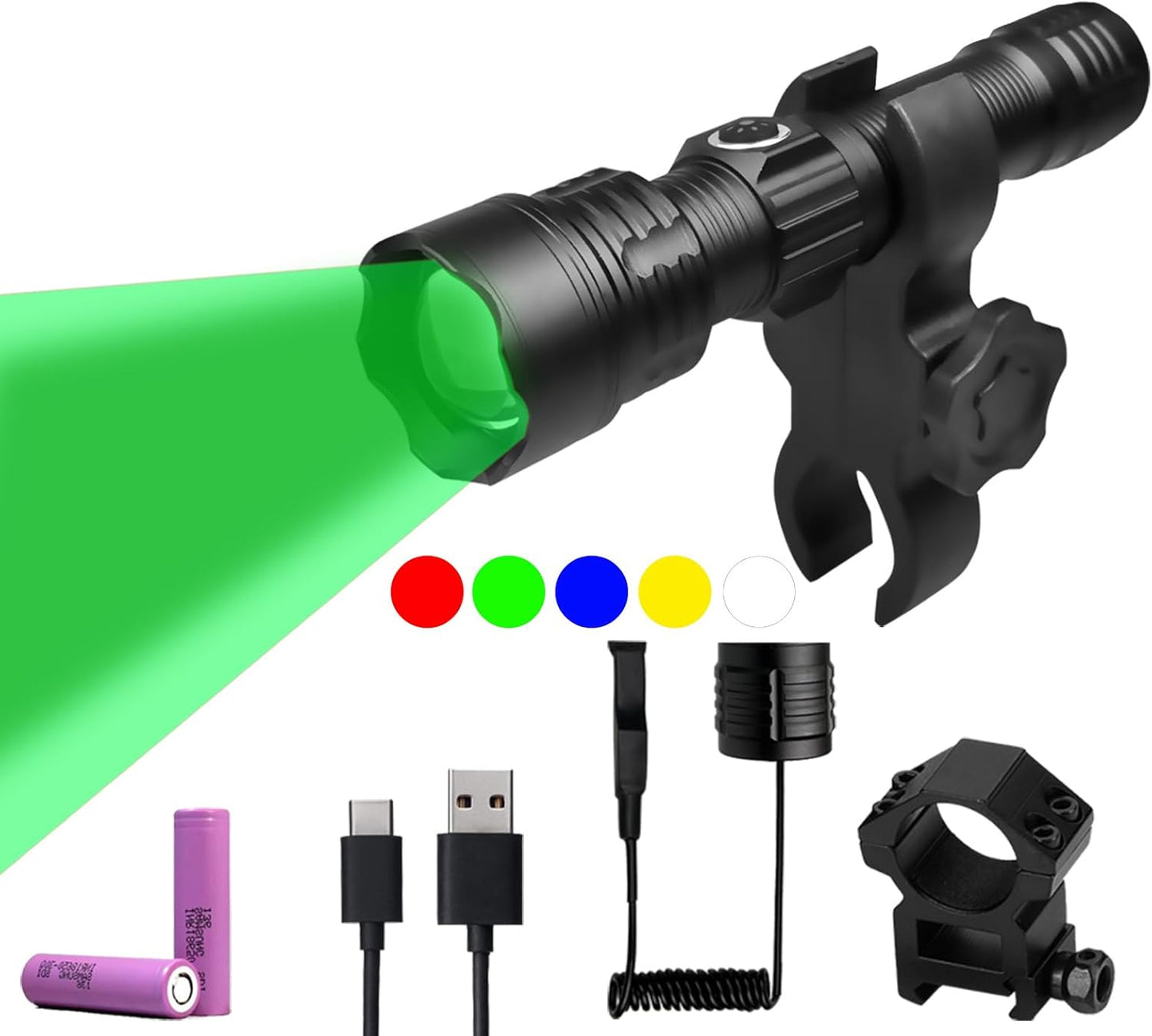
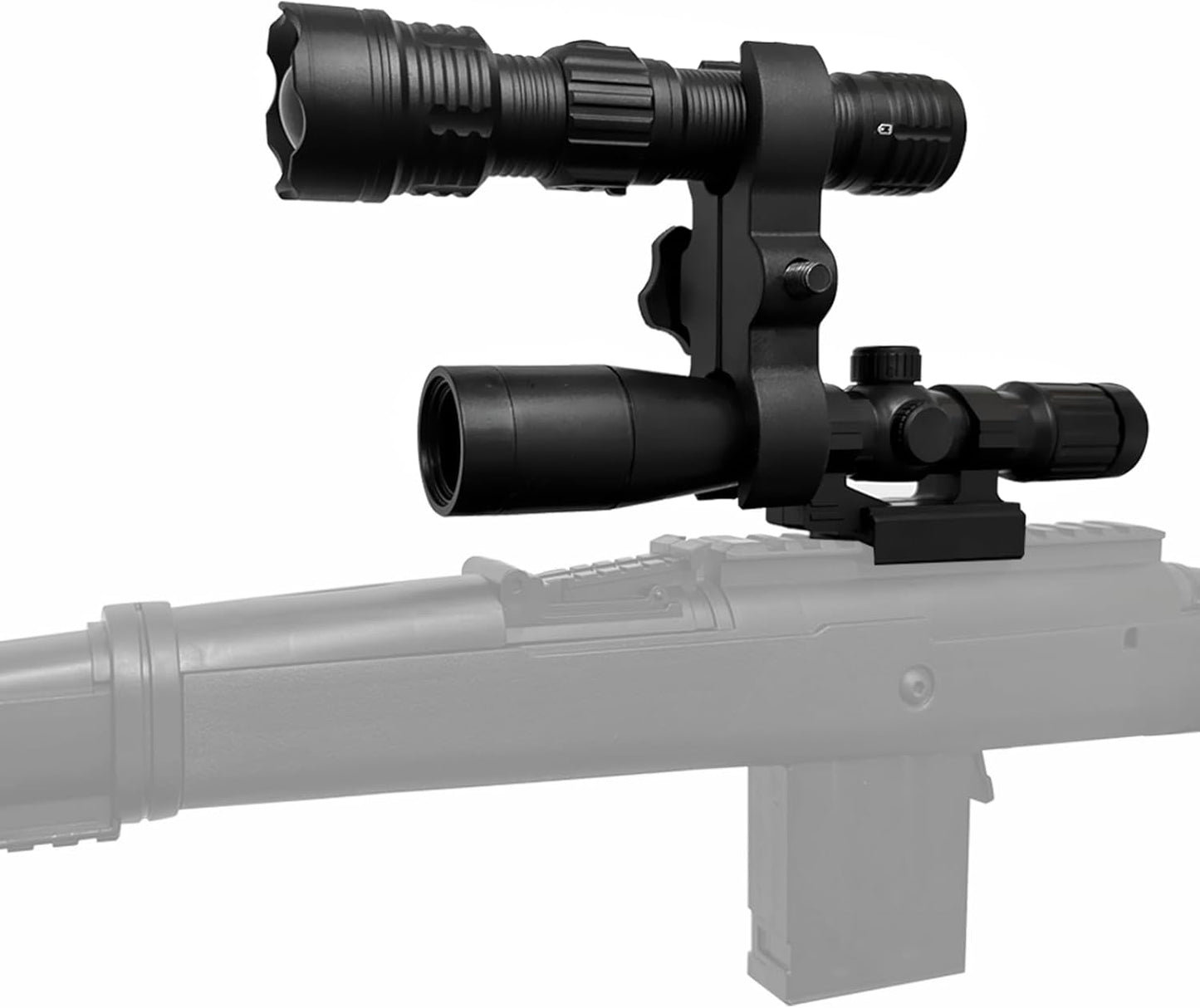
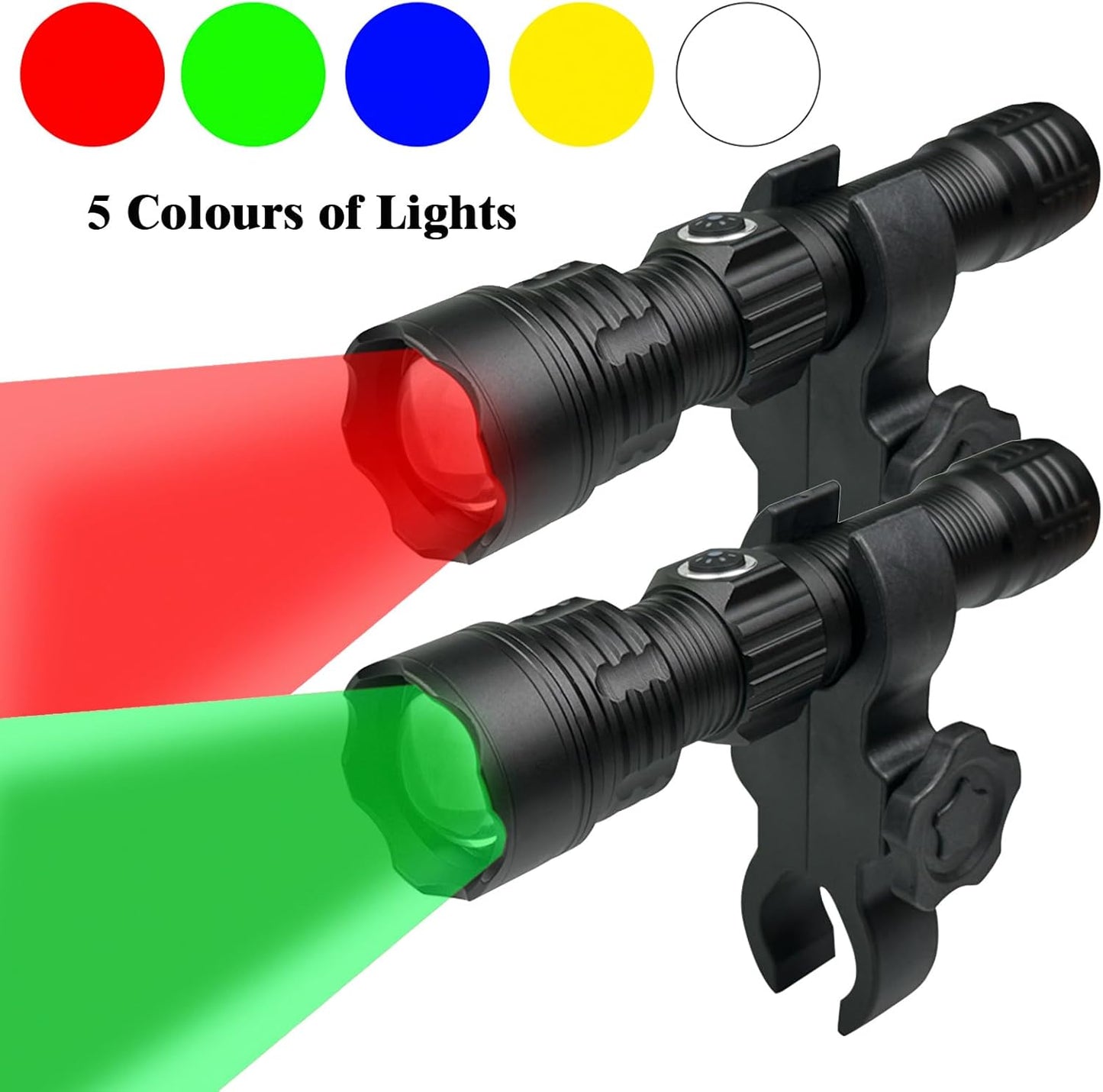
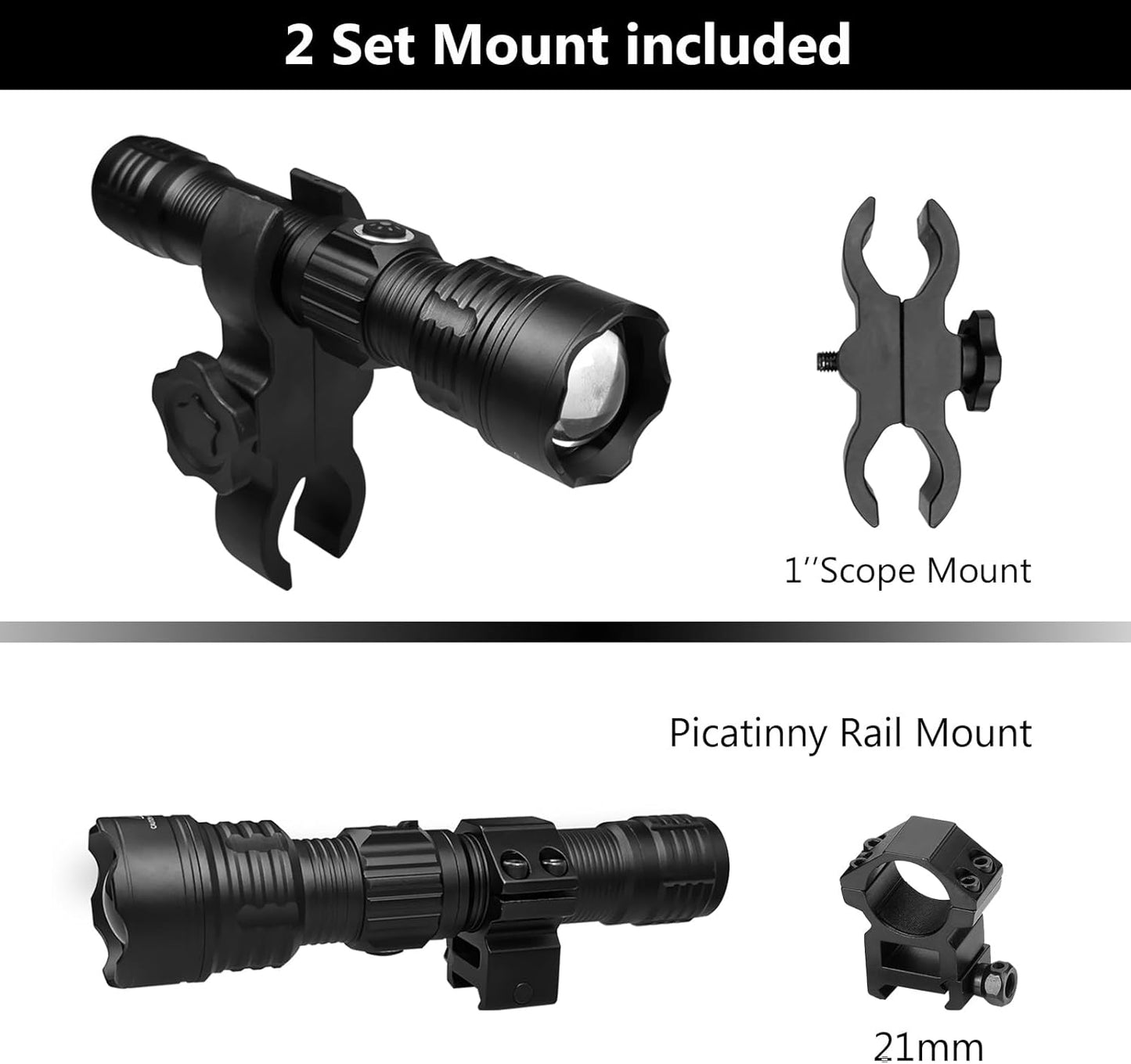
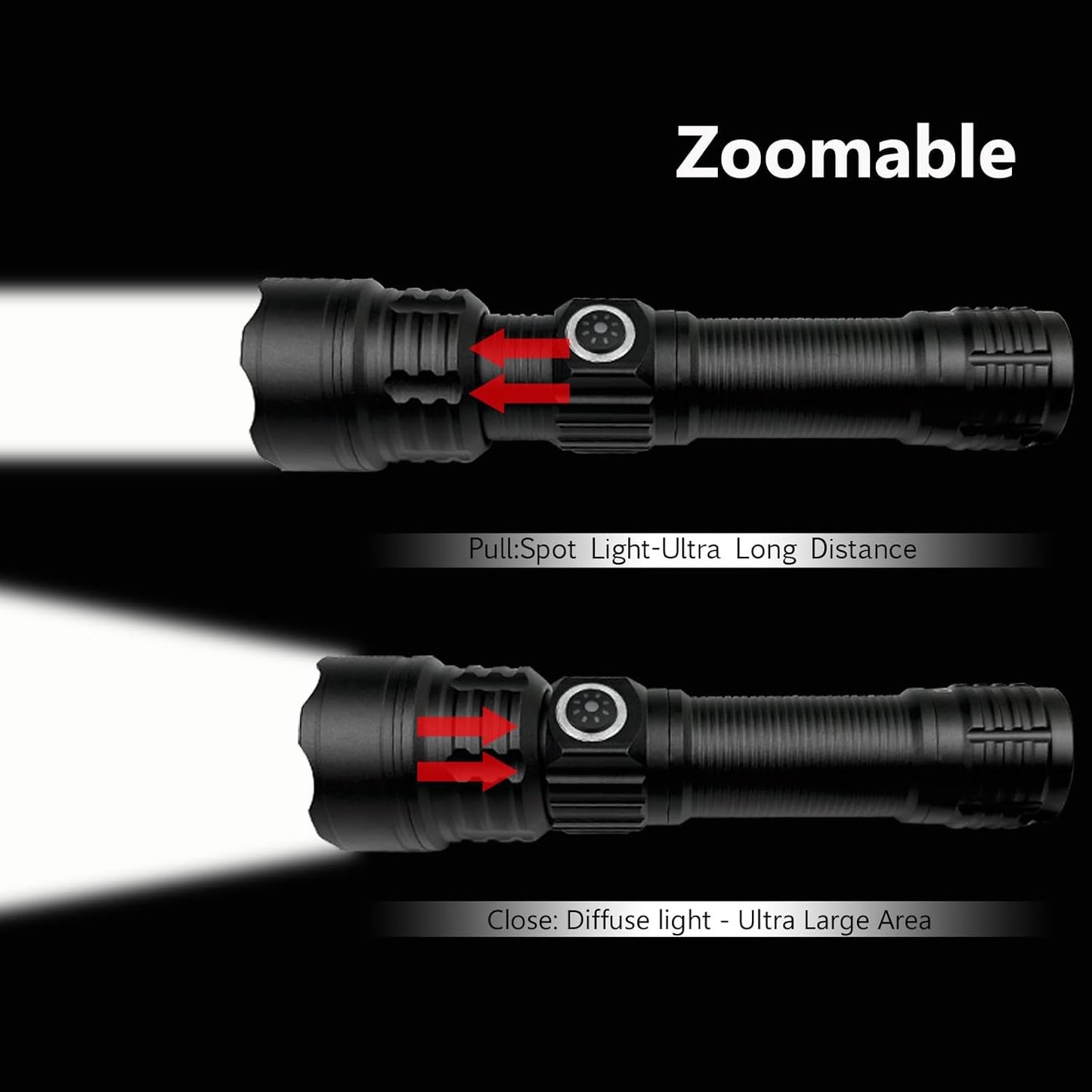
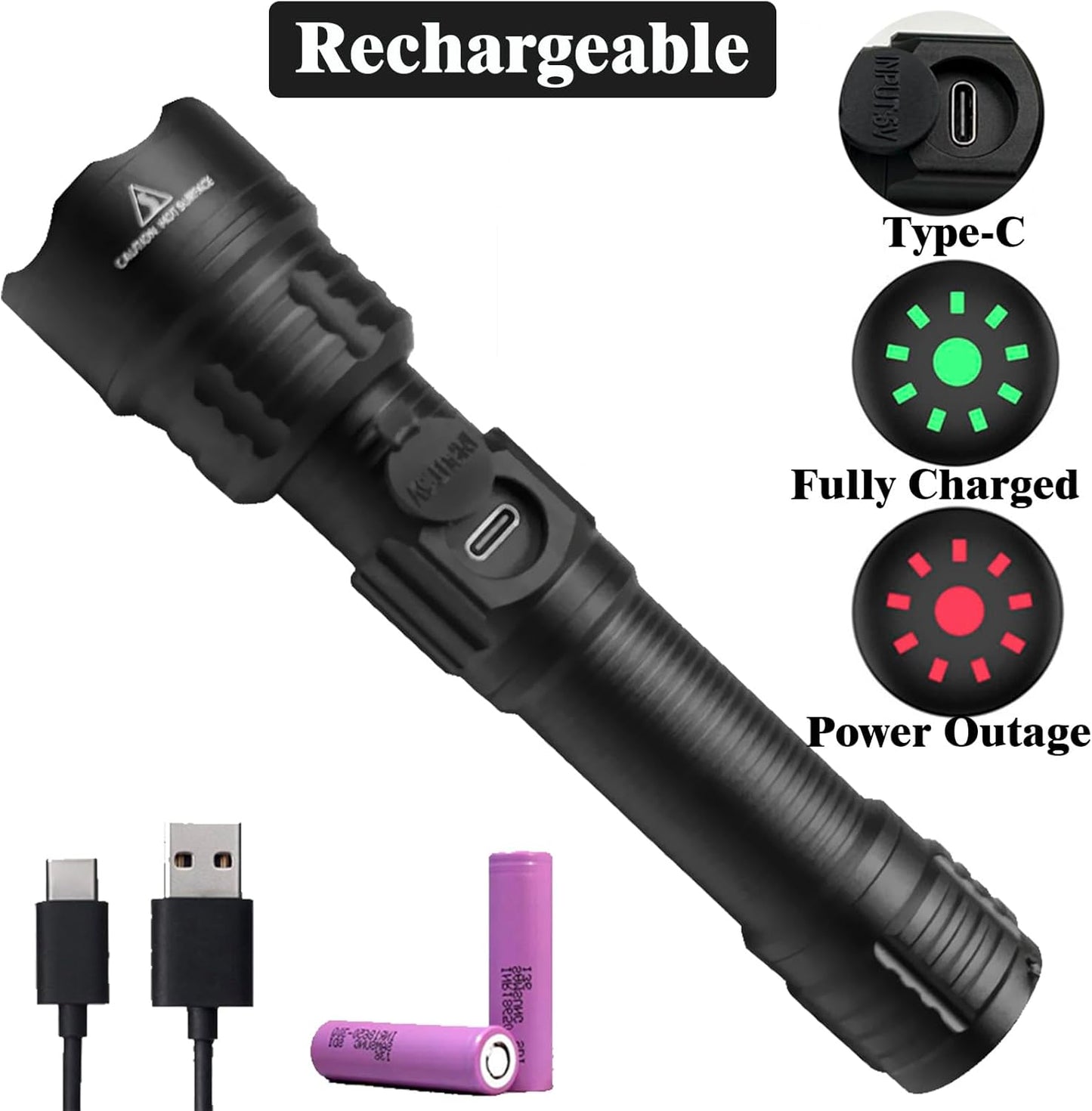
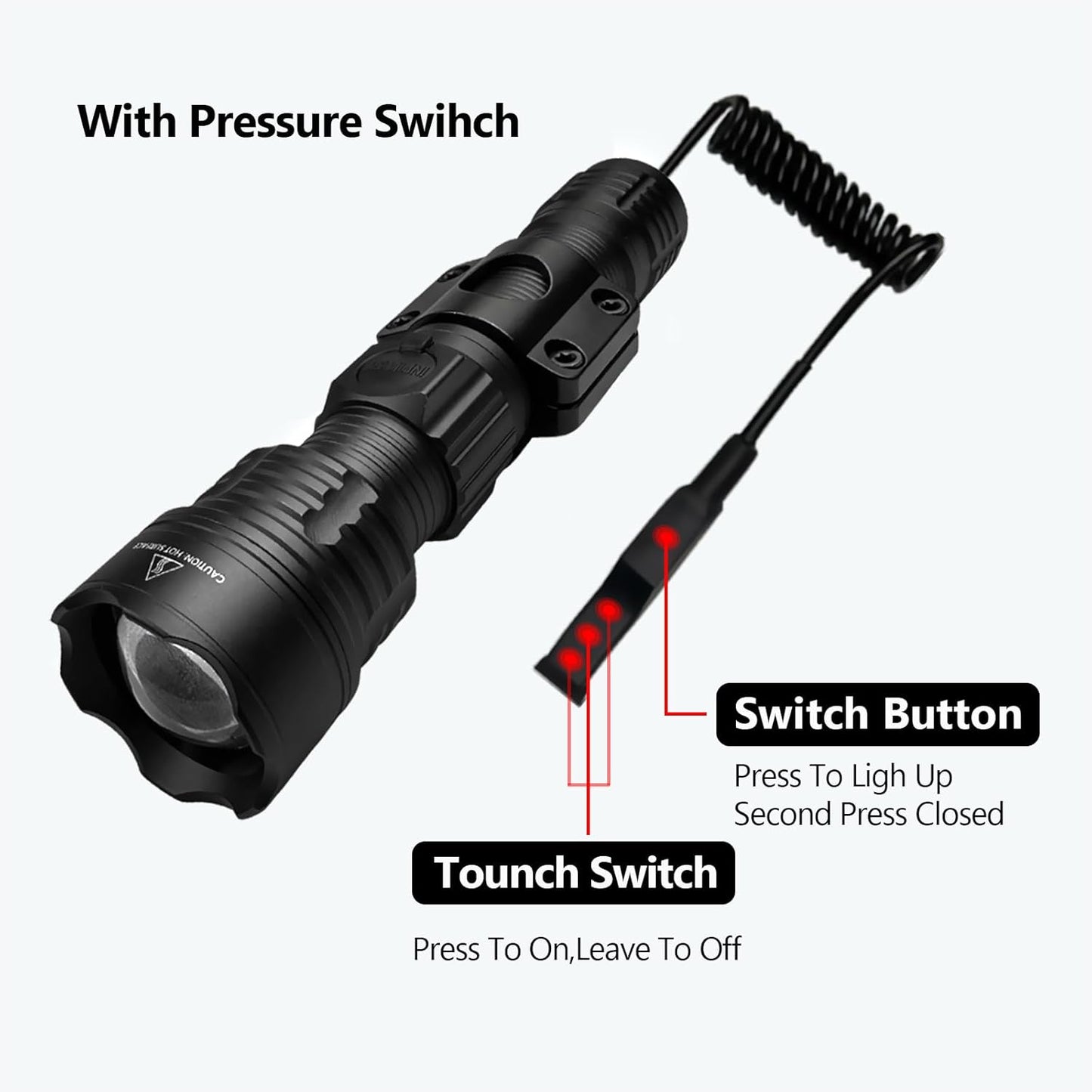
1
/
of
7
I0D0
Coyote Hunting Light,Red Light for Hunting,Red,Green,Blue,White 4 in 1 Light for Coyote,Hog,Coon,Predator,Sniper,Scope,Hunting Lights
Regular price
$79.99
Regular price
$199.99
Sale price
$79.99
Unit price
/
per
Shipping calculated at checkout.
Share
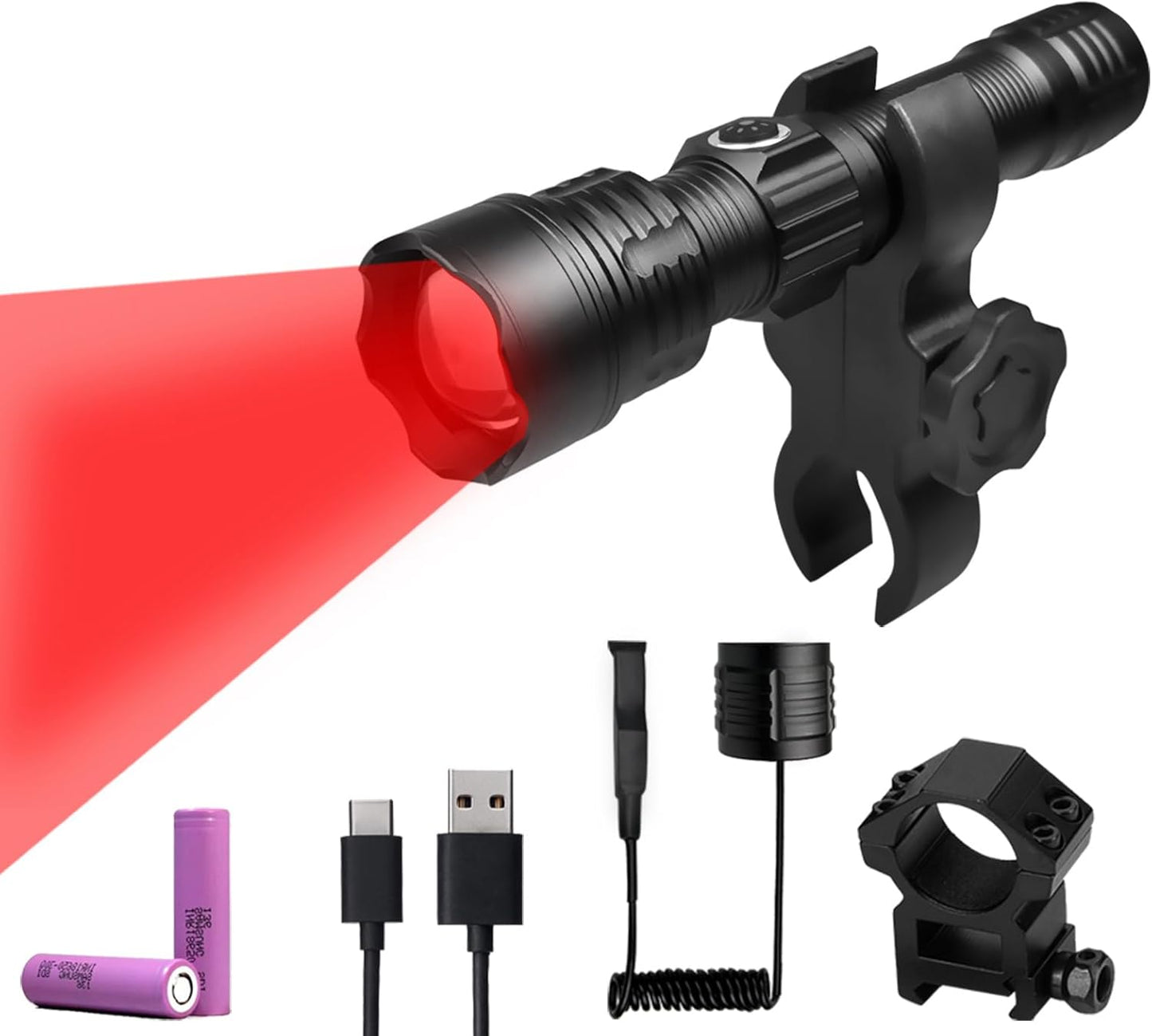






1
/
of
10
I0D0
365nm UV Flashlight for Rock Hunting & Mineral Detection - Professional Gemstone Detector Tool with High Power Short/Long Wave, Portable UV Light for Crystals, Agates, Uranium Glass, Jade Appraisal
Regular price
$29.99
Regular price
$79.99
Sale price
$29.99
Unit price
/
per
Shipping calculated at checkout.
Share
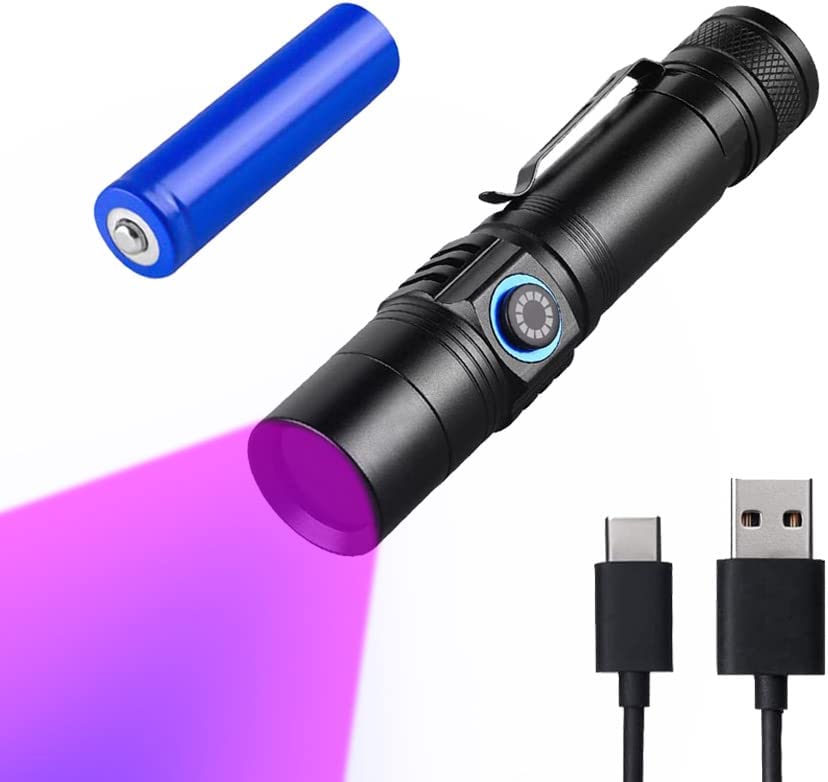

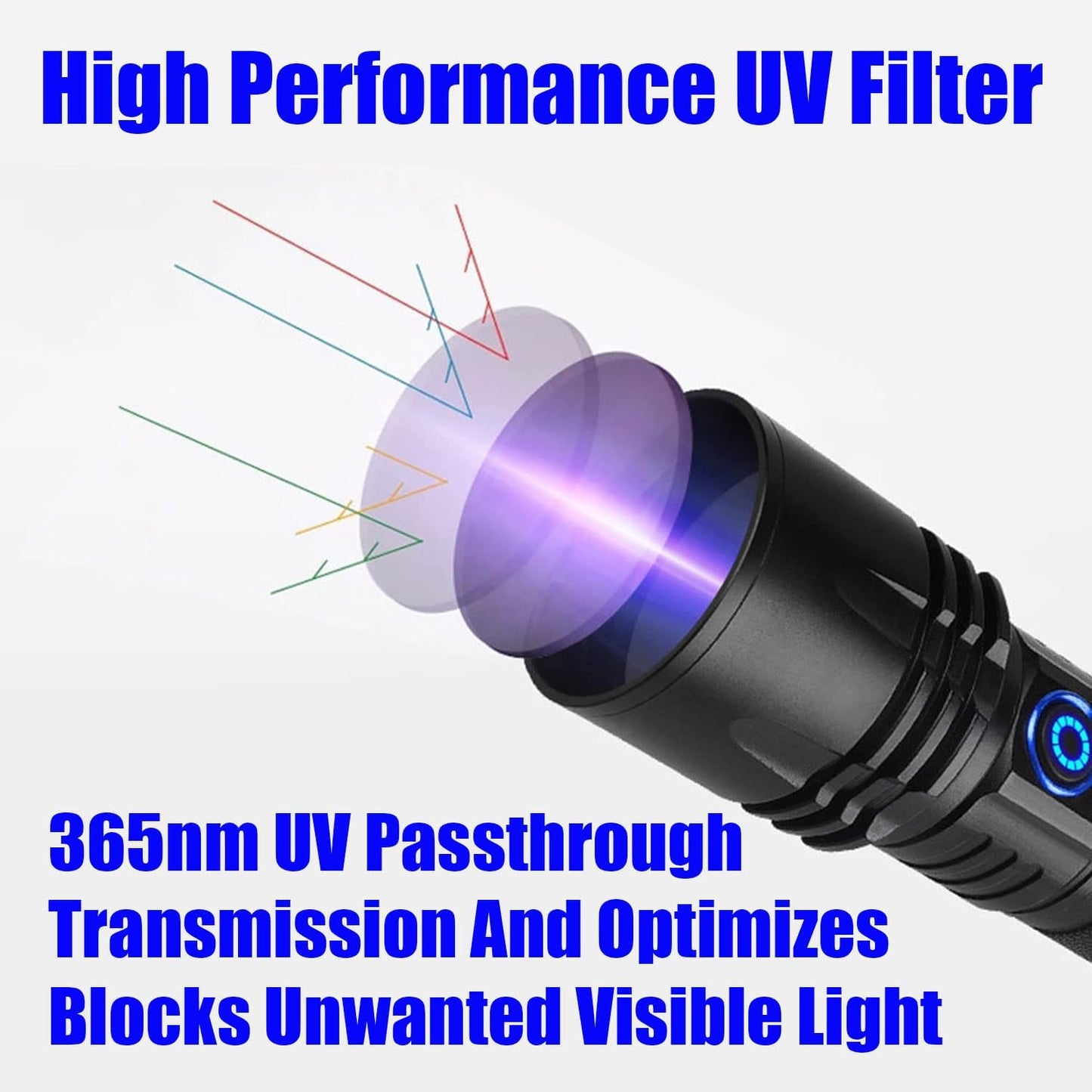
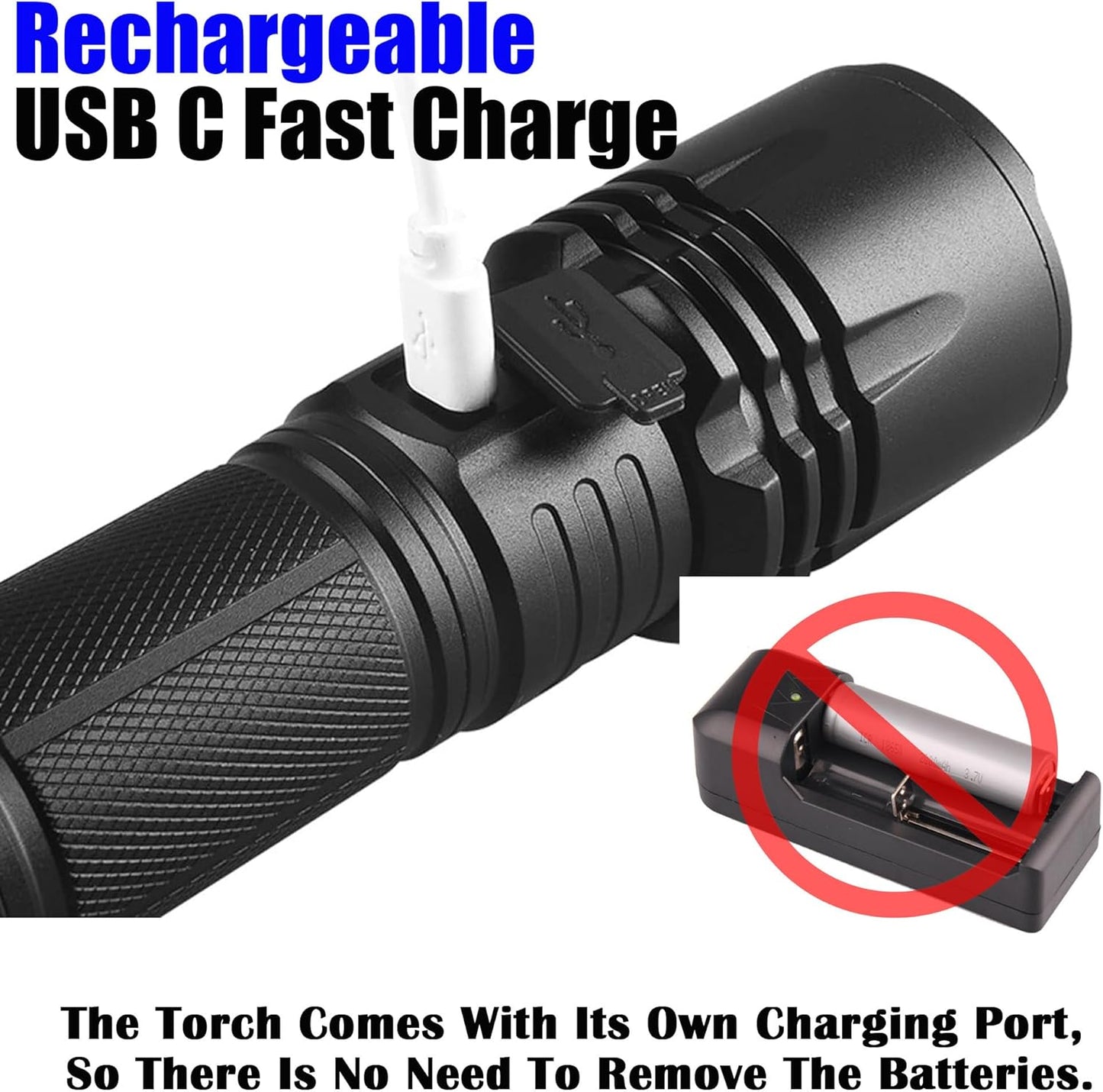
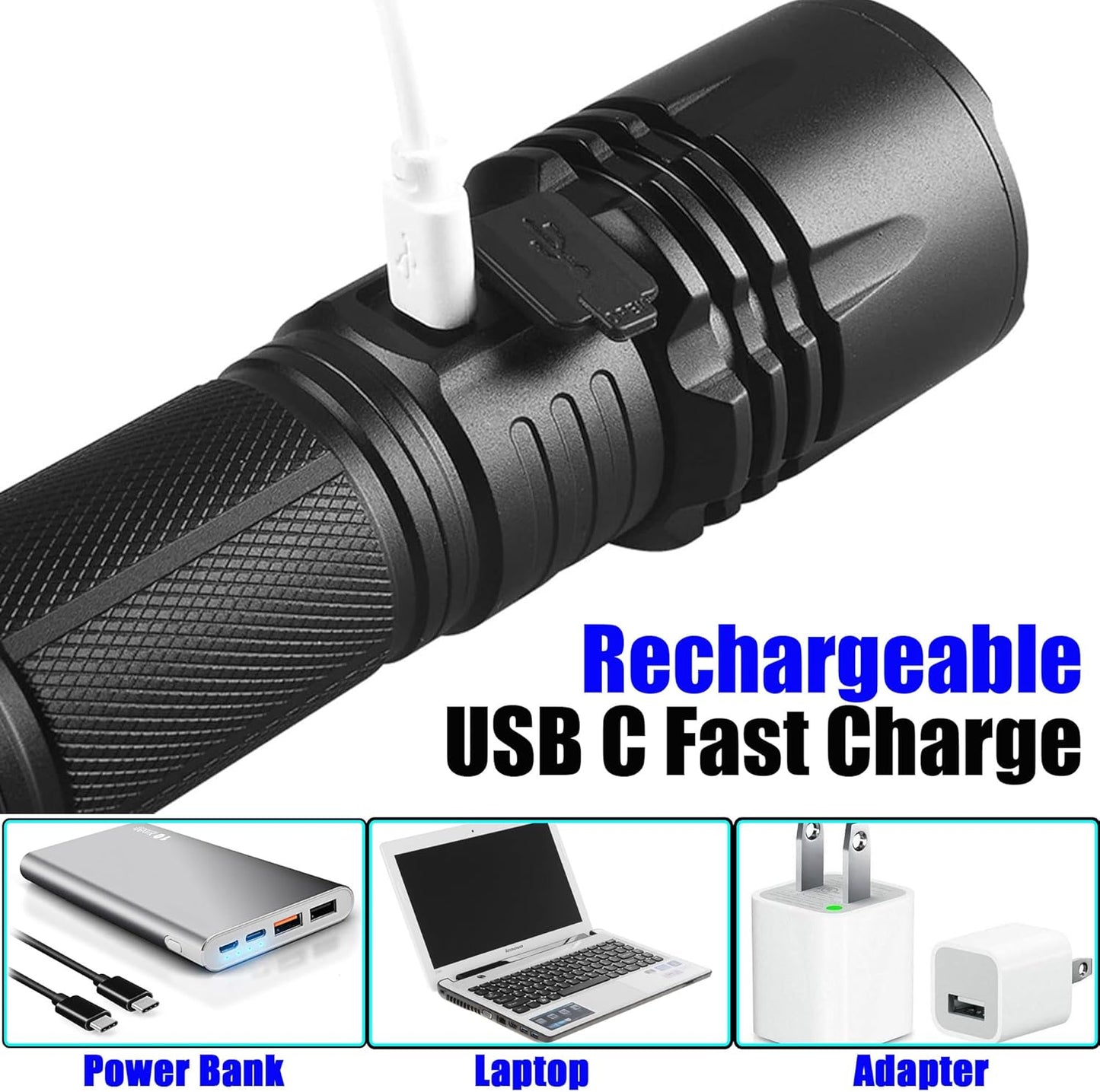
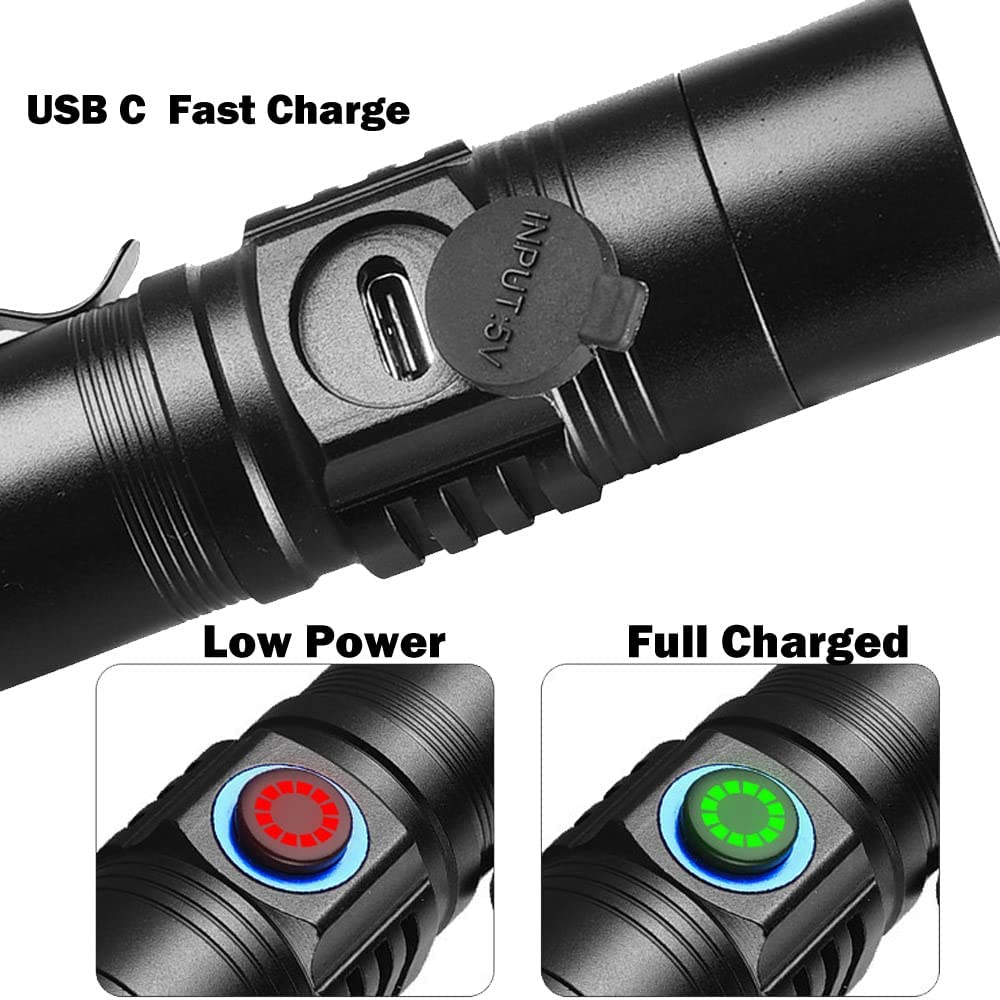
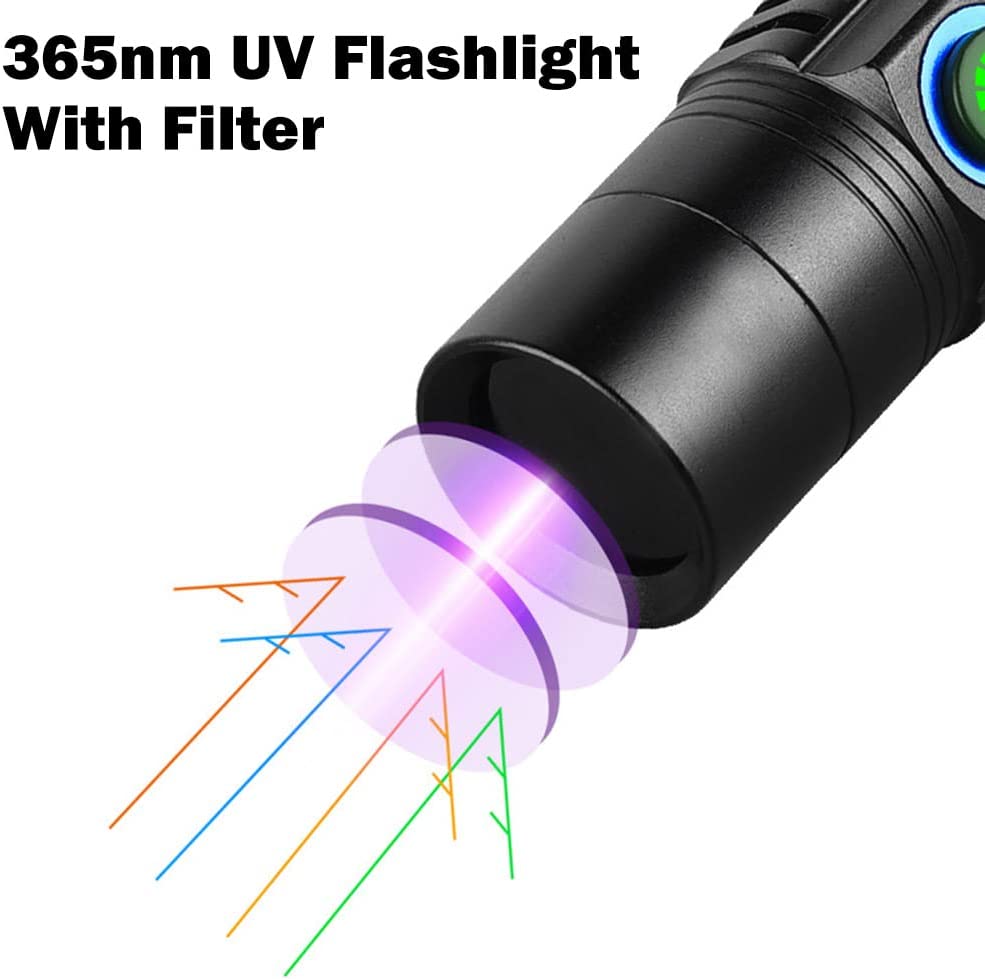
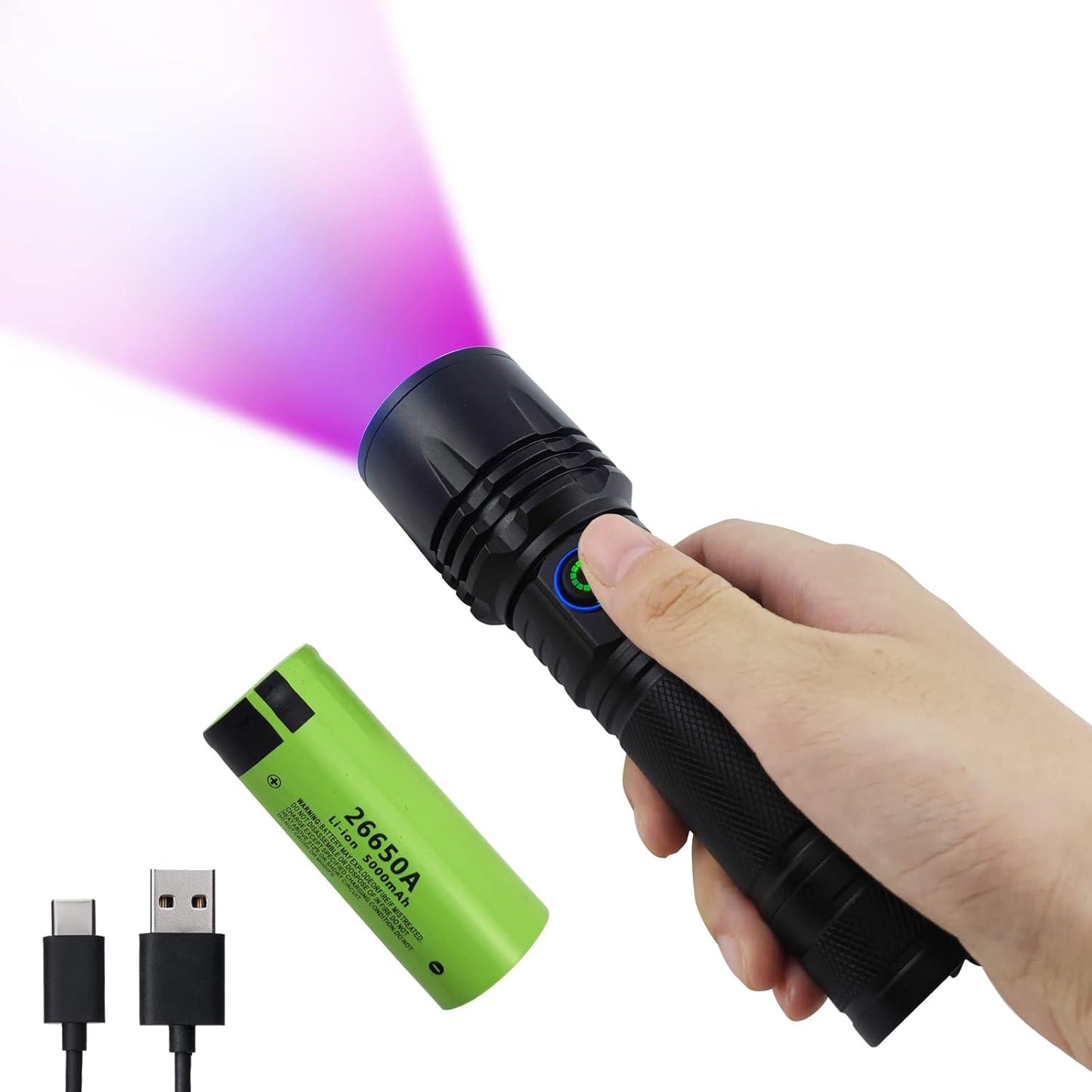
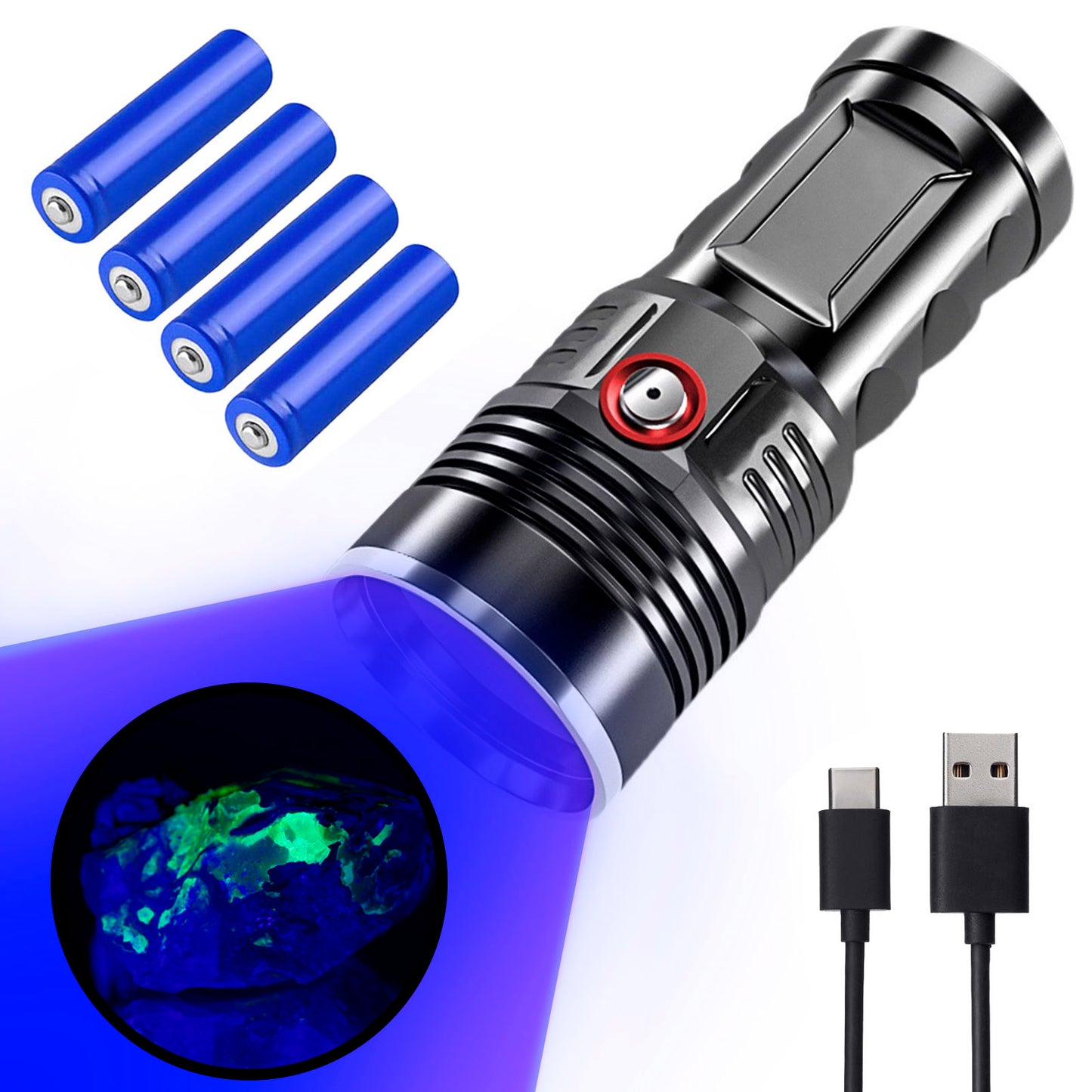
1
/
of
6
I0D0
Cordless Wood's Lamp Ringworm Detection Light-Skin Testing-Esthetician-Veterinaria-5x Magnifying Wood Lamp Black Light-16 LED-Battery Powered Polarized Skin Dermatology Dermascope Light
Regular price
$49.99
Regular price
$99.99
Sale price
$49.99
Unit price
/
per
Shipping calculated at checkout.
Share
